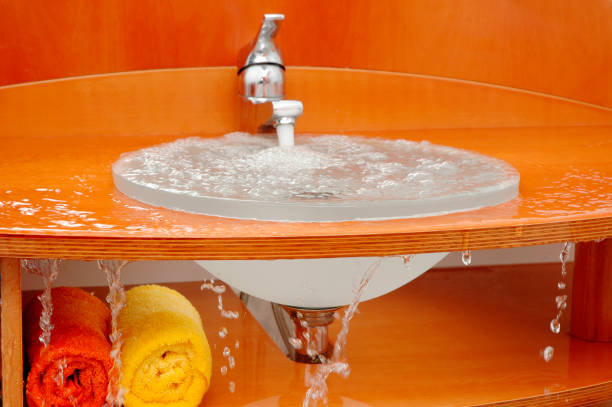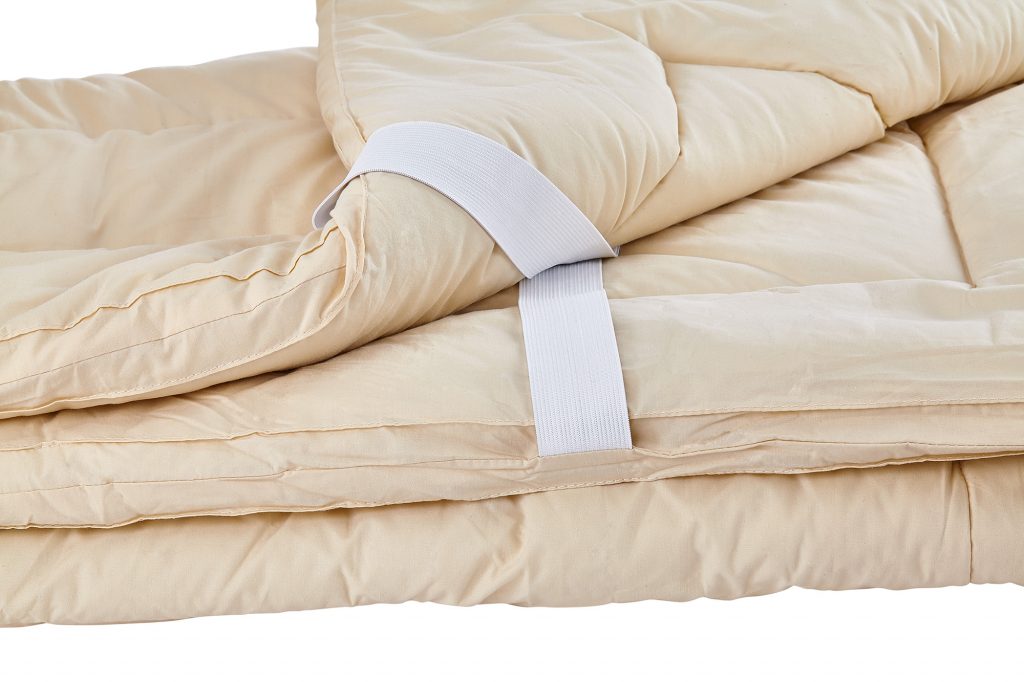One of the most common reasons for a double sink in the upstairs bathroom not draining is a clogged drain. This can happen due to a buildup of hair, soap scum, or other debris. When this happens, the water will start to drain slowly or not at all, making it difficult to use the sink.Clogged Drain
In some cases, the clog may not be in the drain itself, but in the pipes leading to the drain. This can happen if things like hair, soap, or other debris get stuck and accumulate in the pipes. This can cause a blockage, preventing water from draining properly. In this case, the clog may need to be cleared out using a drain snake or other tools.Blocked Pipes
If the water in your sink is draining slowly, this could be a sign of a clog or blockage in the pipes. It could also be a sign of a larger issue, such as a damaged or collapsed pipe. If the problem persists, it is best to call a plumber to inspect the pipes and determine the cause of the slow draining.Slow Draining
Using a plunger is often the first line of defense when dealing with a clogged drain. It works by creating suction and pushing water through the pipes to clear the clog. To use a plunger, place it over the drain and push down and pull up several times to create suction. This method is effective for small clogs, but may not work for larger or more stubborn clogs.Plunger
A drain snake, also known as a plumbing snake, is a tool used to clear clogs in pipes. It consists of a long, flexible metal cable with a small auger or hook on the end. The snake is inserted into the drain and pushed through the pipes, grabbing onto the clog and pulling it out. This method is effective for more stubborn clogs that cannot be cleared with a plunger.Drain Snake
If the clog is not too severe, you may be able to clear it using a chemical drain cleaner. These products contain strong chemicals that can dissolve and break down clogs in the pipes. However, they can also be harmful to the pipes and the environment, so use them sparingly and follow the instructions carefully.Chemical Drain Cleaner
If none of the above methods work, it may be time to call in a professional plumber. They have the tools and expertise to diagnose and fix the issue with your double sink. They can also provide maintenance tips to prevent future clogs and keep your pipes in good condition.Plumber
Hair is one of the most common culprits of clogged drains in the bathroom. It can easily get stuck in the pipes and trap other debris, causing a blockage. To prevent this, use a drain stopper to catch hair and clean it out regularly. You can also use a drain strainer to catch any hair that may go down the drain.Hair Clog
Grease and oil may seem harmless when they go down the drain, but they can actually cause major clogs. As they cool, they solidify and stick to the inside of the pipes, trapping other debris and causing a blockage. To prevent this, avoid pouring grease and oil down the drain and use a strainer to catch any food particles before they go down the drain.Grease Buildup
If the water in your sink is not draining at all, it may start to overflow. This can be a messy and frustrating situation, but it is important to stay calm and take the necessary steps to fix the issue. First, turn off the water supply to the sink to prevent it from overflowing further. Then, try using a plunger or drain snake to clear the clog. If these methods do not work, it is best to call a plumber for assistance. In conclusion, a clogged or slow draining double sink in the upstairs bathroom can be a hassle, but there are several methods you can try to fix the issue. Remember to regularly clean and maintain your drains to prevent future clogs. And if all else fails, don't hesitate to call a professional plumber for help.Overflowing Sink
The Importance of Proper Drainage in Your Upstairs Bathroom

Why a Double Sink That Won't Drain is a Big Problem
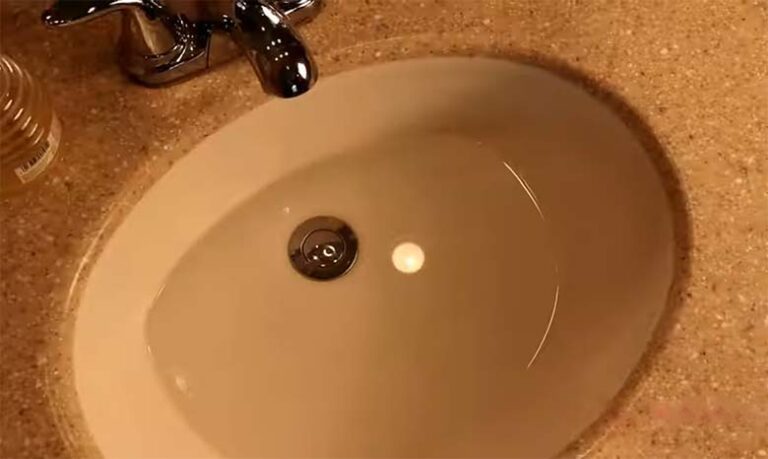 When it comes to designing and maintaining a house, proper drainage is often overlooked. However, it plays a crucial role in the functionality and comfort of our living spaces. This is especially true for the upstairs bathroom, where a double sink that won't drain can quickly become a major inconvenience and even a health hazard.
Proper drainage is essential in preventing water damage and mold growth
in your home. When water cannot flow freely down the drain, it can overflow and cause damage to your bathroom floors, walls, and cabinets. Standing water also creates a breeding ground for mold and bacteria, which can lead to respiratory issues and other health problems.
Additionally, a
double sink that won't drain can disrupt your daily routine
and cause unnecessary stress. A clogged sink can make it difficult to brush your teeth, wash your face, or even use the bathroom. This can be especially inconvenient for families or multiple occupants sharing a bathroom.
When it comes to designing and maintaining a house, proper drainage is often overlooked. However, it plays a crucial role in the functionality and comfort of our living spaces. This is especially true for the upstairs bathroom, where a double sink that won't drain can quickly become a major inconvenience and even a health hazard.
Proper drainage is essential in preventing water damage and mold growth
in your home. When water cannot flow freely down the drain, it can overflow and cause damage to your bathroom floors, walls, and cabinets. Standing water also creates a breeding ground for mold and bacteria, which can lead to respiratory issues and other health problems.
Additionally, a
double sink that won't drain can disrupt your daily routine
and cause unnecessary stress. A clogged sink can make it difficult to brush your teeth, wash your face, or even use the bathroom. This can be especially inconvenient for families or multiple occupants sharing a bathroom.
The Common Causes of a Double Sink That Won't Drain
 There are several reasons why your upstairs bathroom double sink may not be draining properly. These can range from minor issues to more significant problems that require professional assistance.
One of the most common causes is
hair and debris buildup in the drain
. Over time, hair, soap scum, and other particles can accumulate and create a blockage that prevents water from flowing down the drain. This is especially common in households with long-haired individuals.
Another common culprit is
faulty plumbing or incorrect installation
. If the pipes are not properly connected or there is a leak, it can cause water to back up and prevent proper drainage. In this case, it is essential to seek professional help to fix the issue and avoid any further damage.
There are several reasons why your upstairs bathroom double sink may not be draining properly. These can range from minor issues to more significant problems that require professional assistance.
One of the most common causes is
hair and debris buildup in the drain
. Over time, hair, soap scum, and other particles can accumulate and create a blockage that prevents water from flowing down the drain. This is especially common in households with long-haired individuals.
Another common culprit is
faulty plumbing or incorrect installation
. If the pipes are not properly connected or there is a leak, it can cause water to back up and prevent proper drainage. In this case, it is essential to seek professional help to fix the issue and avoid any further damage.
Solutions for a Double Sink That Won't Drain
 Fortunately, there are several solutions for a double sink that won't drain, depending on the cause of the issue. For minor clogs, using a plunger or a drain snake can help break up the blockage and allow water to flow freely again. You can also try using a mixture of baking soda and vinegar to dissolve any buildup in the drain.
If the problem is more severe, it is best to consult a professional plumber. They have the necessary tools and expertise to identify and fix any underlying issues with your plumbing. Additionally, they can provide routine maintenance to prevent future clogs and ensure your upstairs bathroom drainage is functioning properly.
Fortunately, there are several solutions for a double sink that won't drain, depending on the cause of the issue. For minor clogs, using a plunger or a drain snake can help break up the blockage and allow water to flow freely again. You can also try using a mixture of baking soda and vinegar to dissolve any buildup in the drain.
If the problem is more severe, it is best to consult a professional plumber. They have the necessary tools and expertise to identify and fix any underlying issues with your plumbing. Additionally, they can provide routine maintenance to prevent future clogs and ensure your upstairs bathroom drainage is functioning properly.


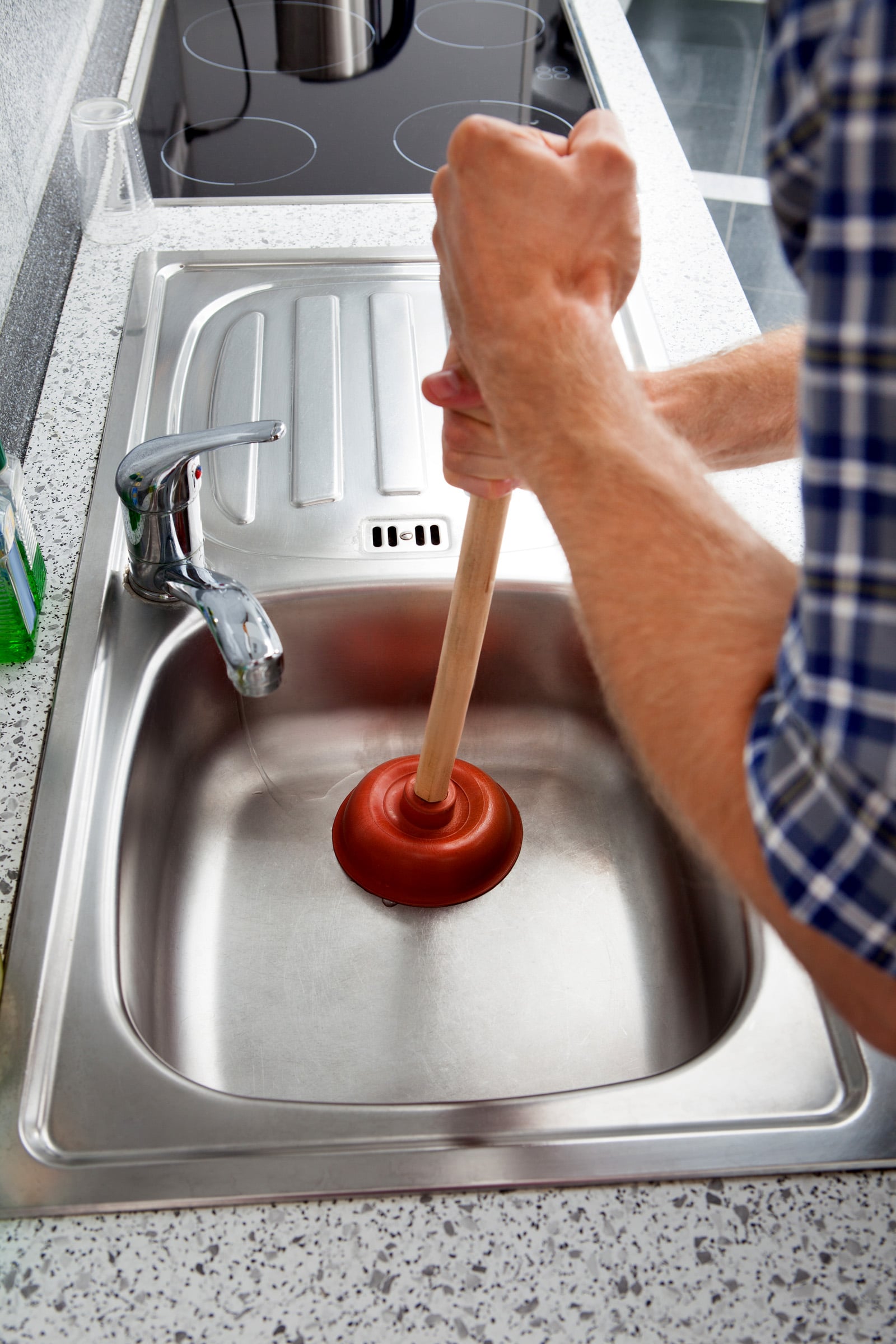

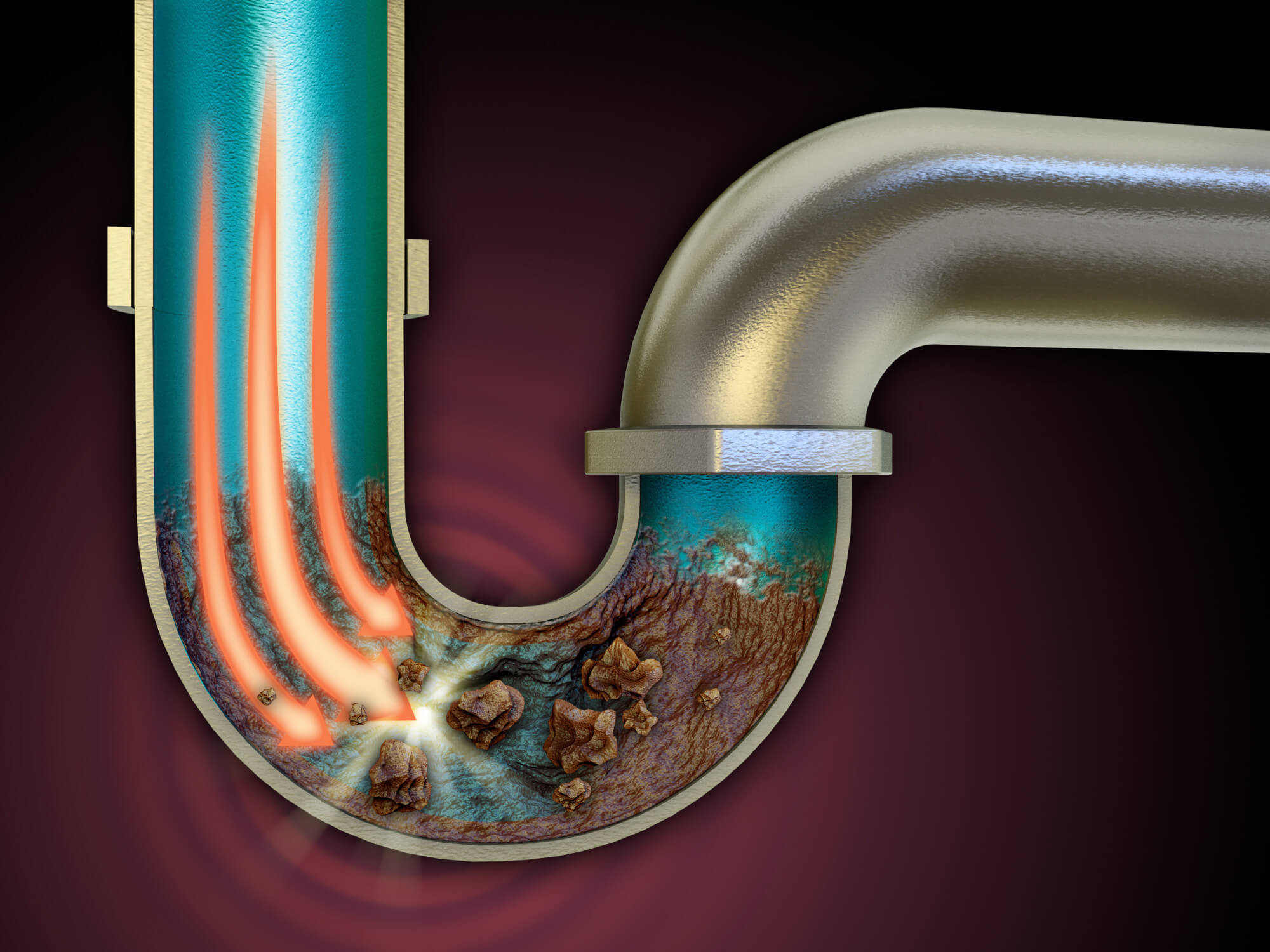
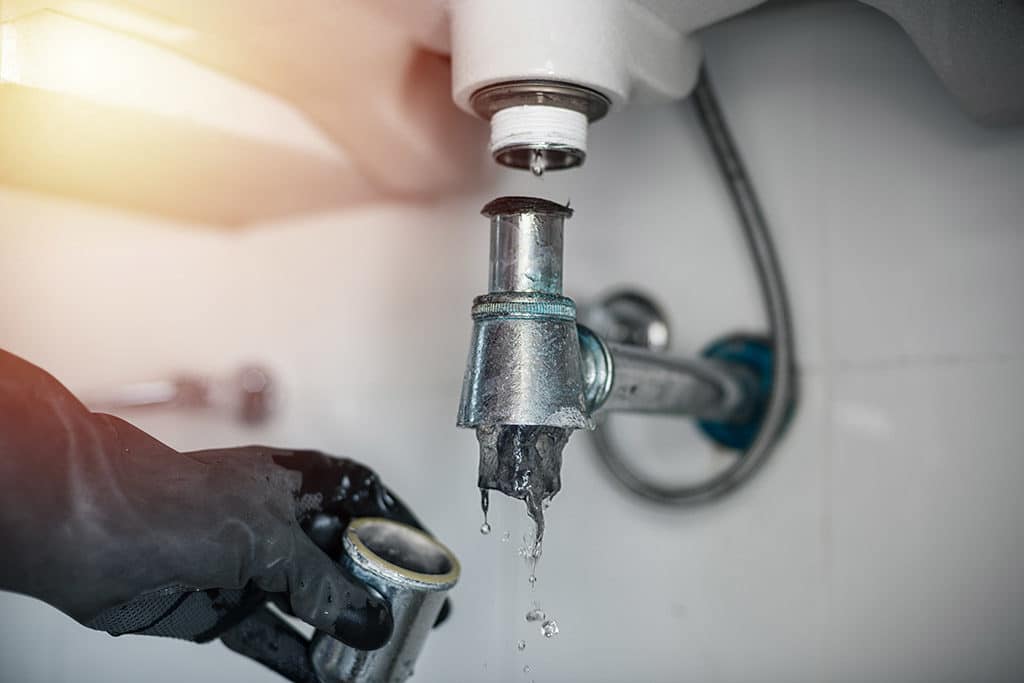
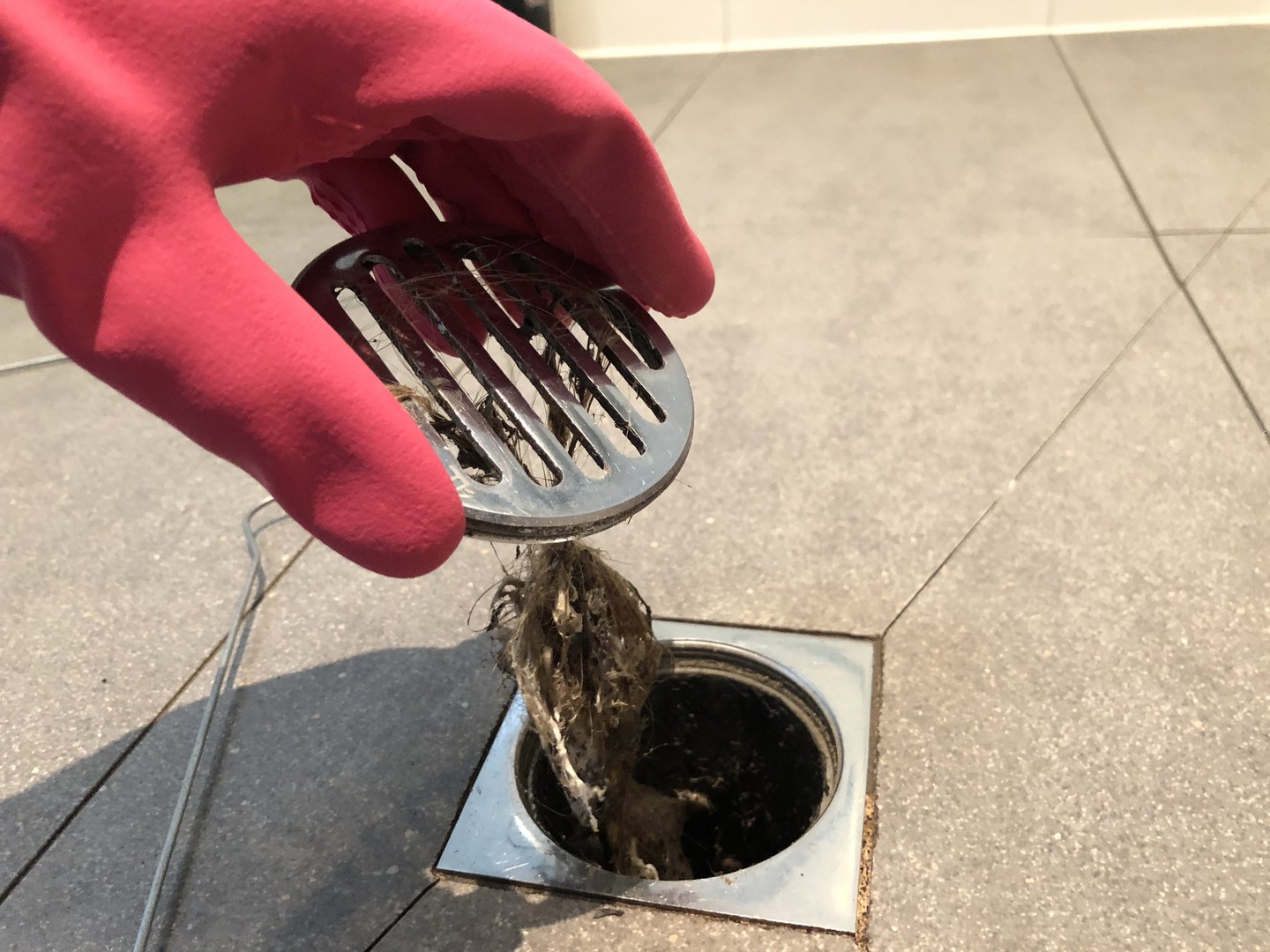
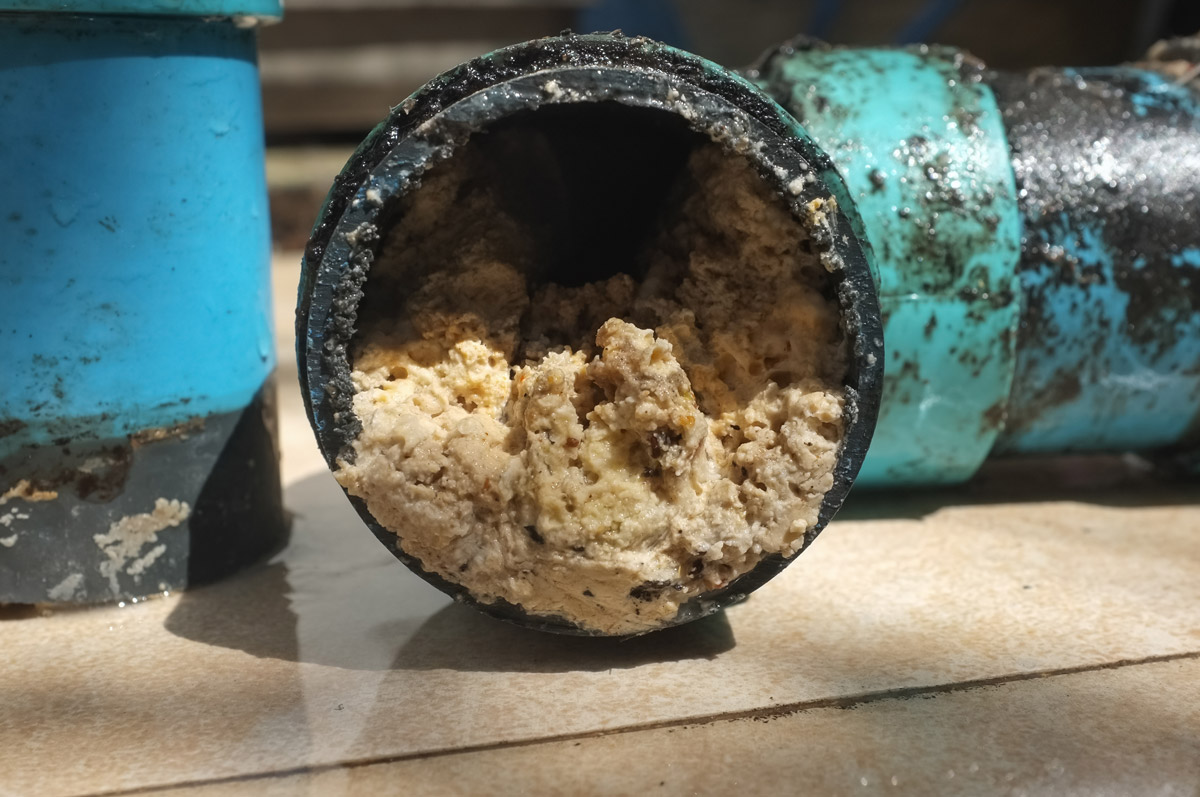
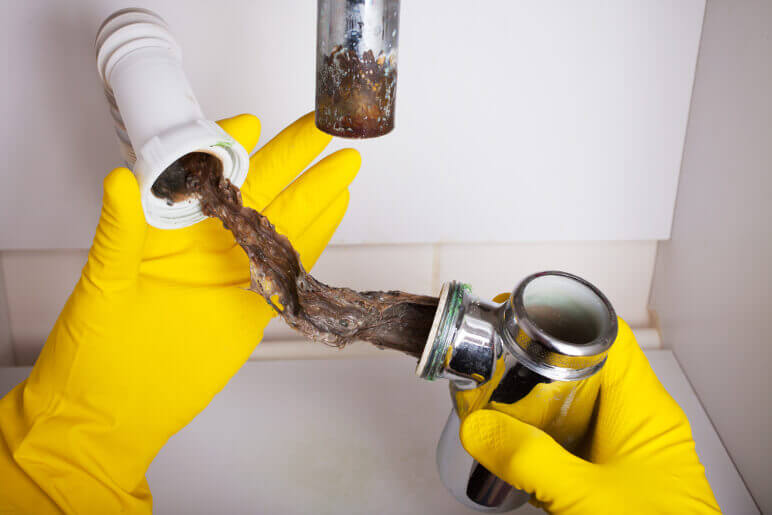


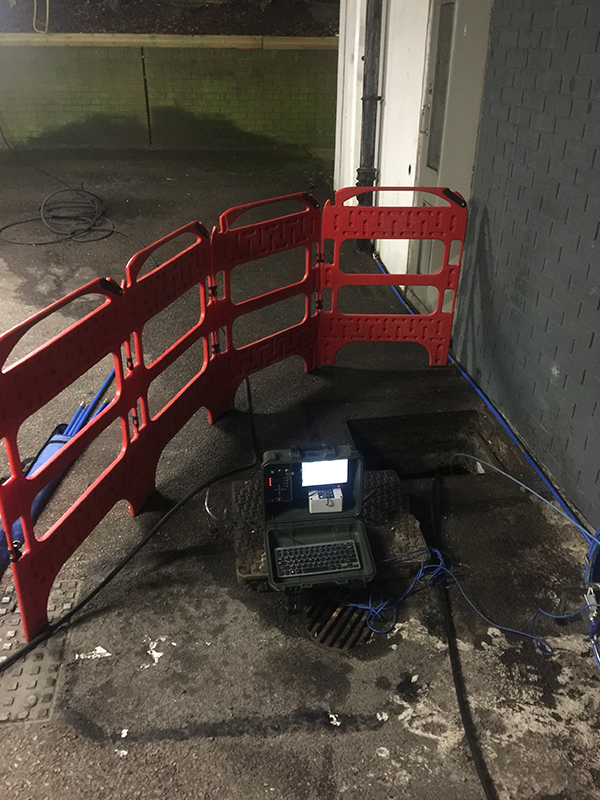
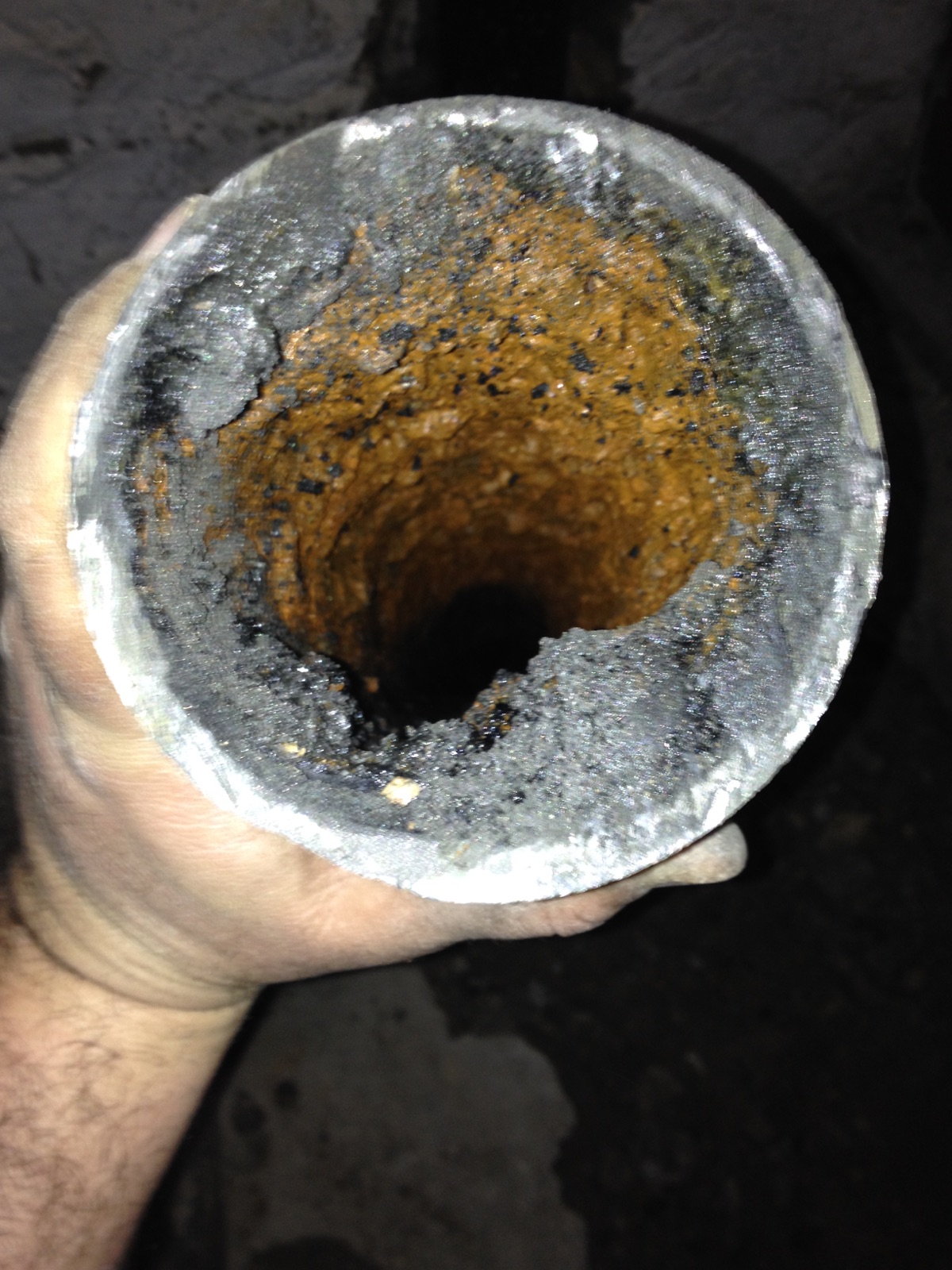

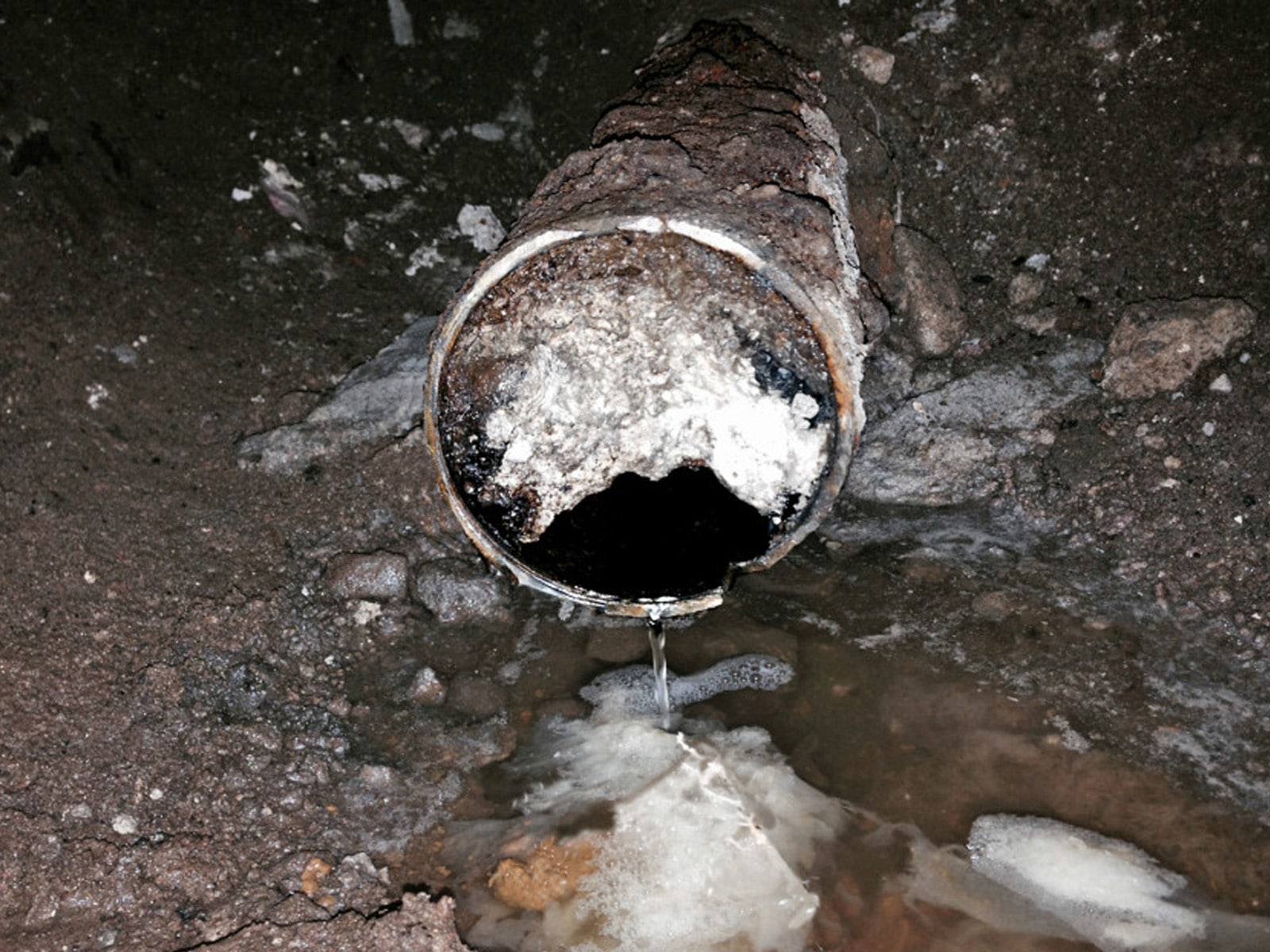
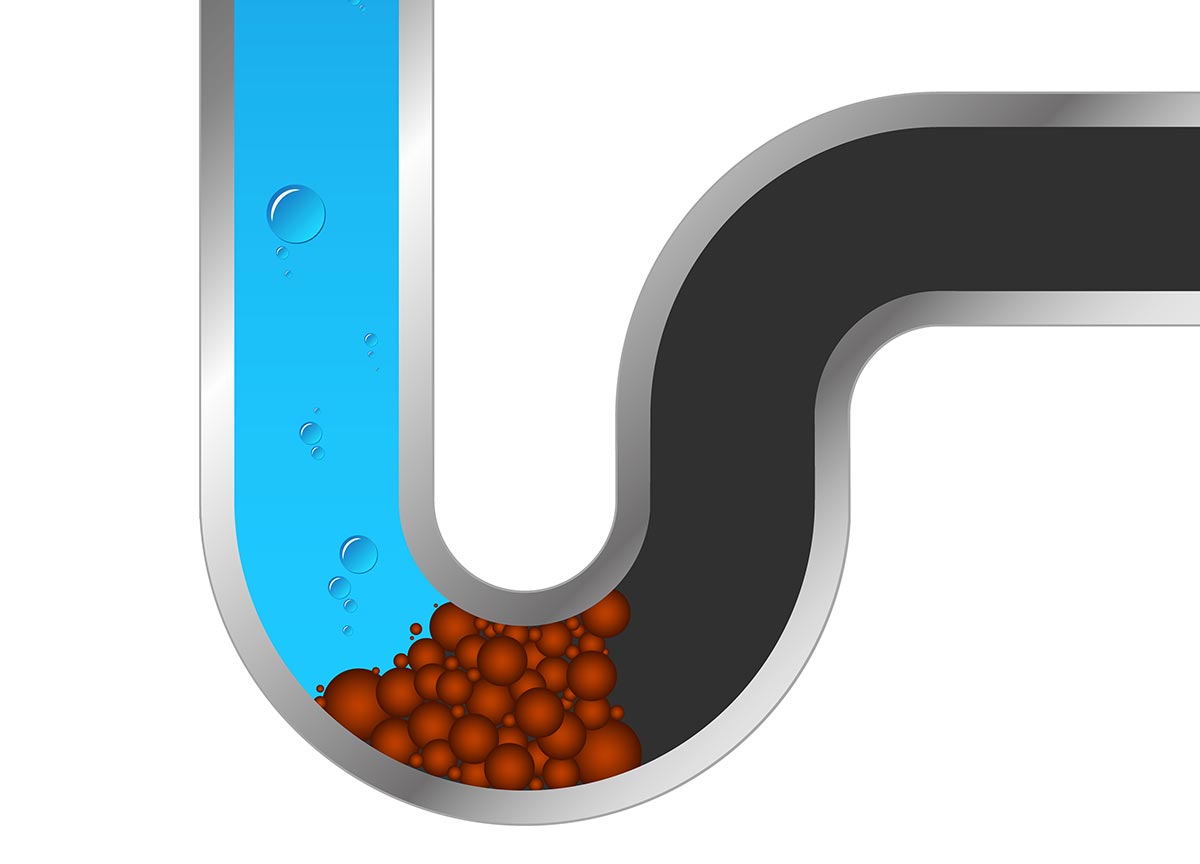
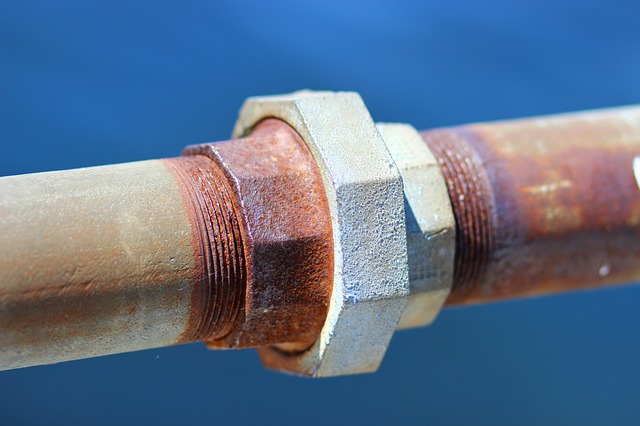
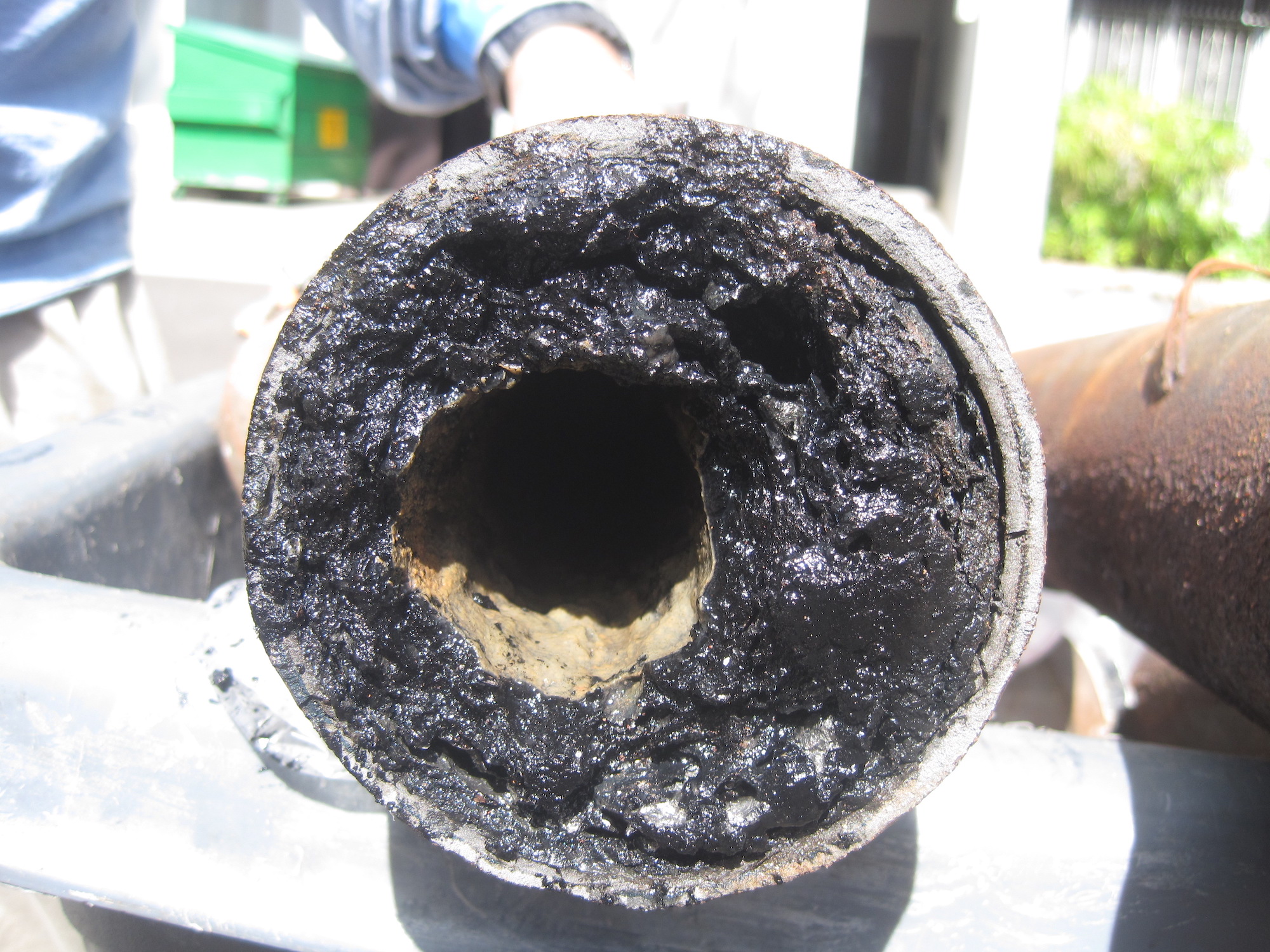
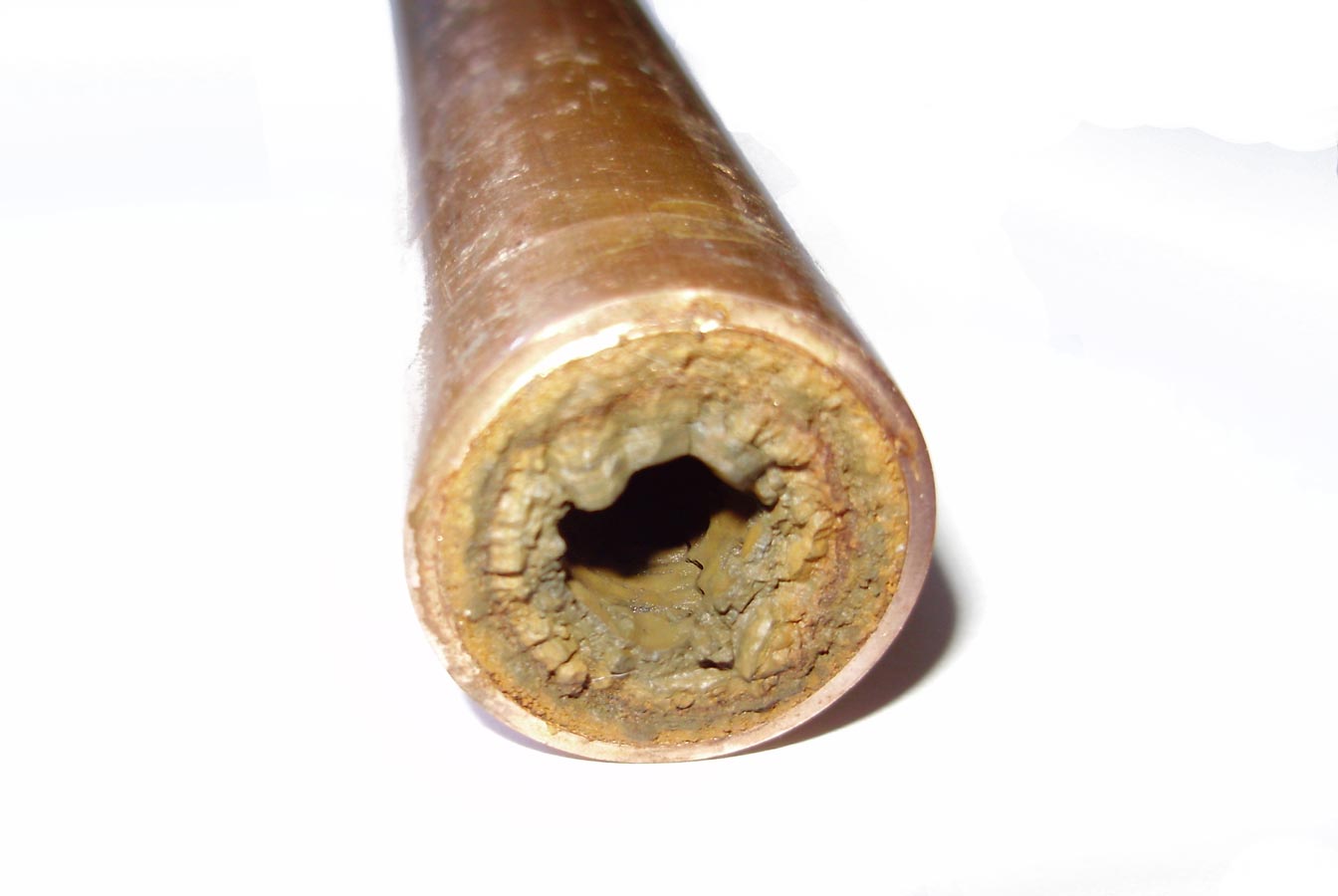


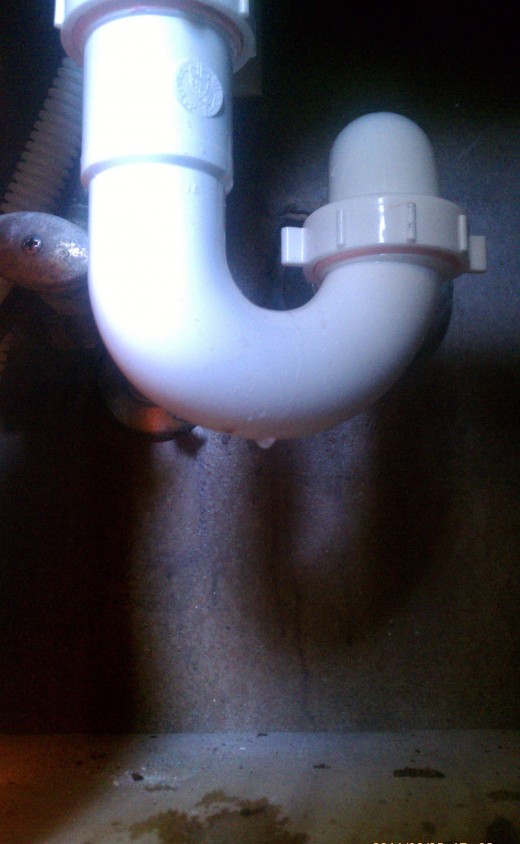

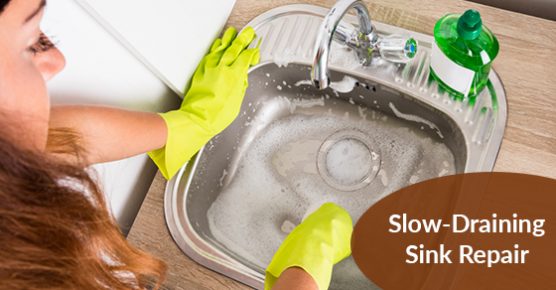



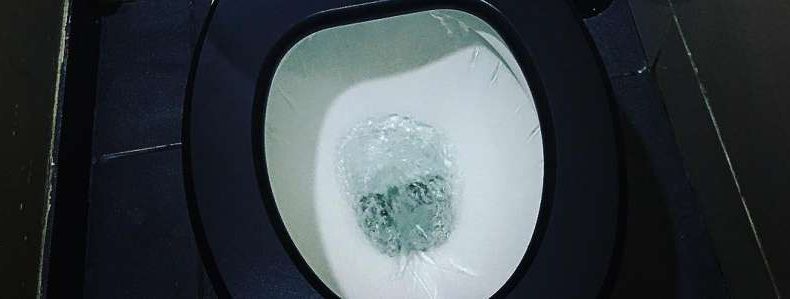





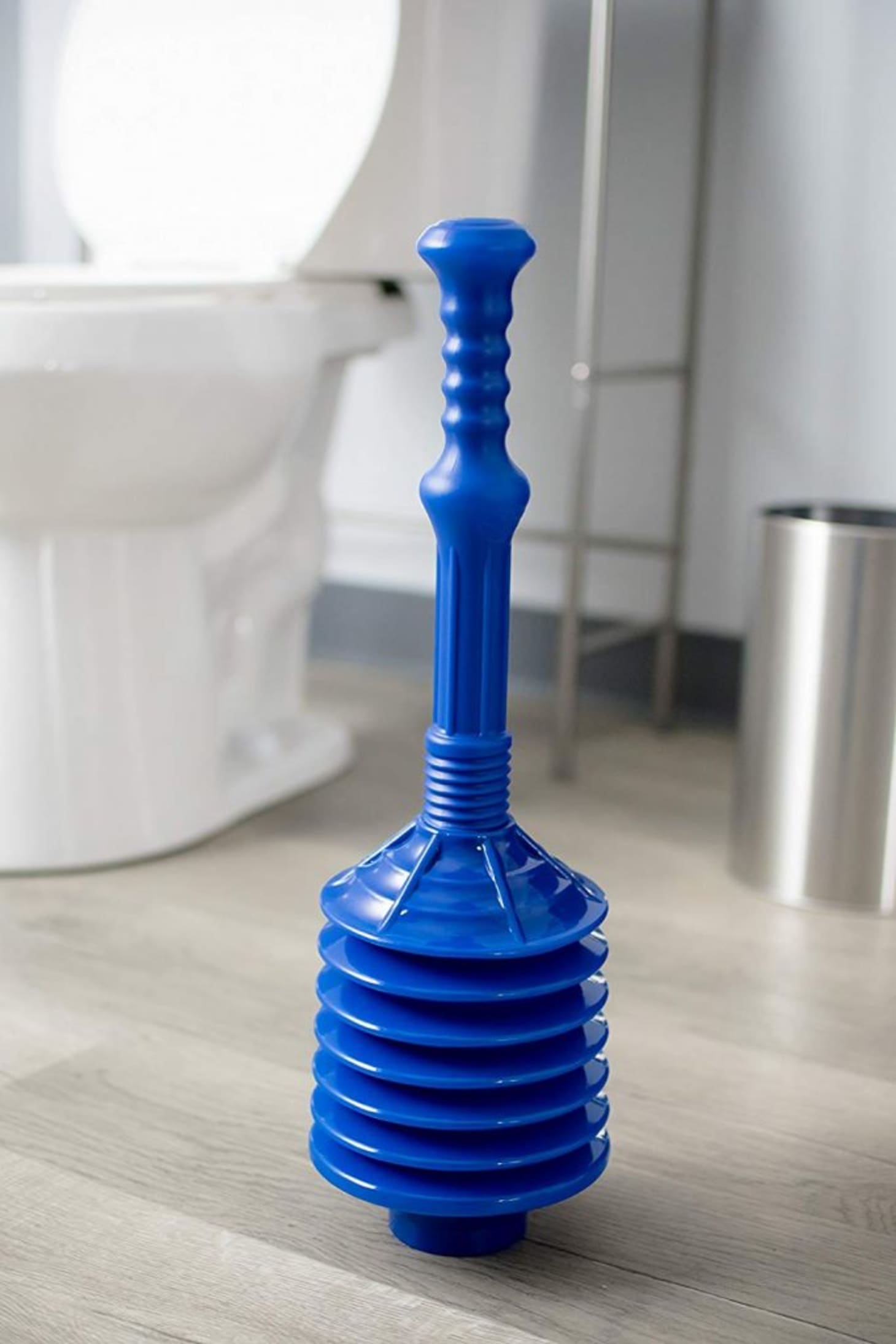
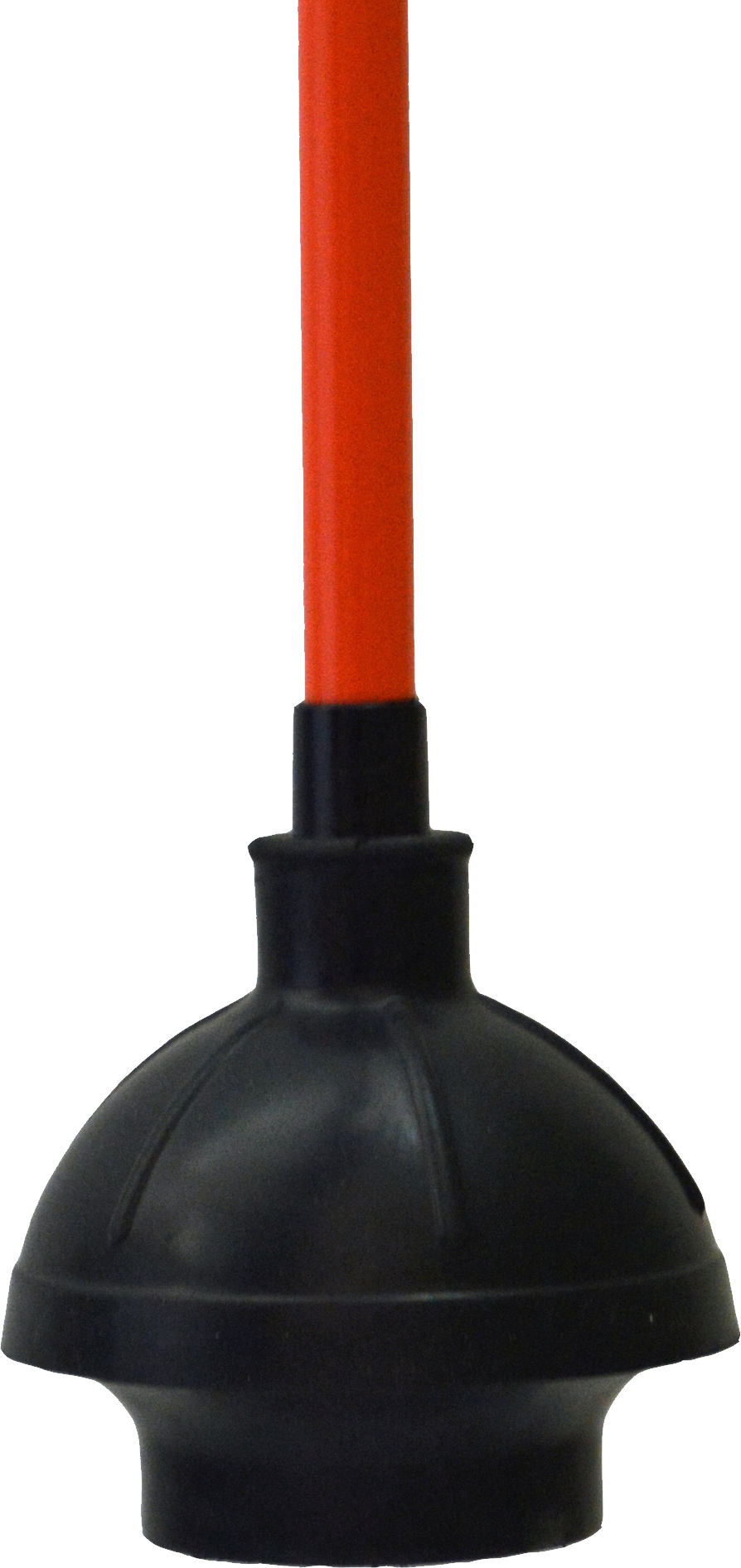
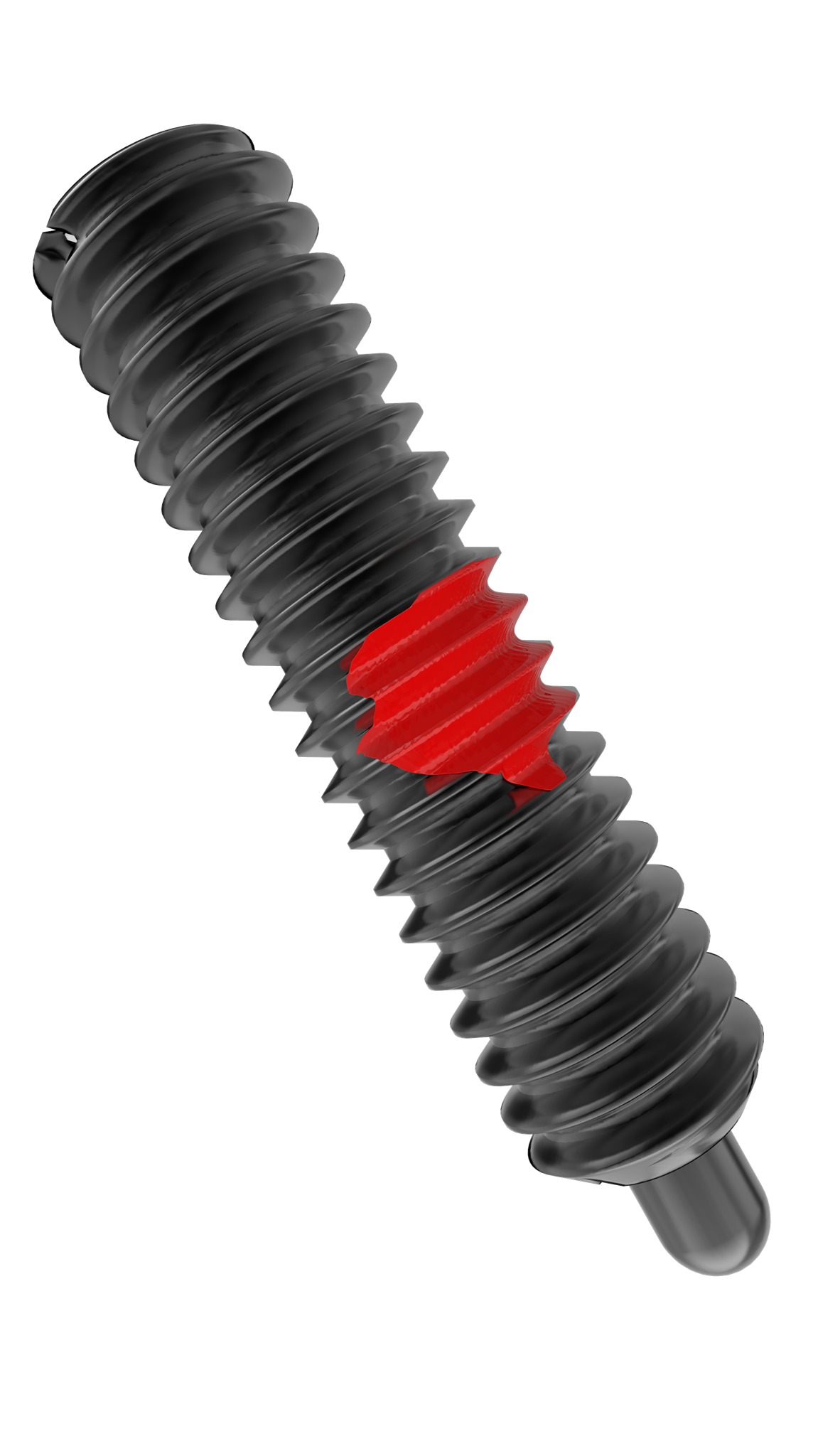
/GettyImages-173683465-58f822b83df78ca159d4543a.jpg)

:max_bytes(150000):strip_icc()/toilet-plunger-80708184-5797d8885f9b58461f591260.jpg)


:max_bytes(150000):strip_icc()/toilette-plunger--92314164-873564a34a3441058f00a8d6fc1f0441.jpg)
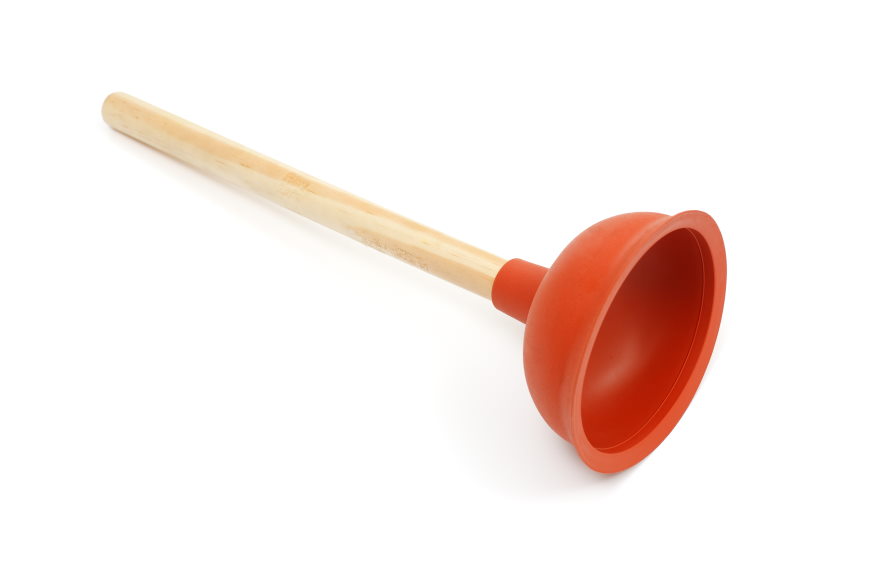
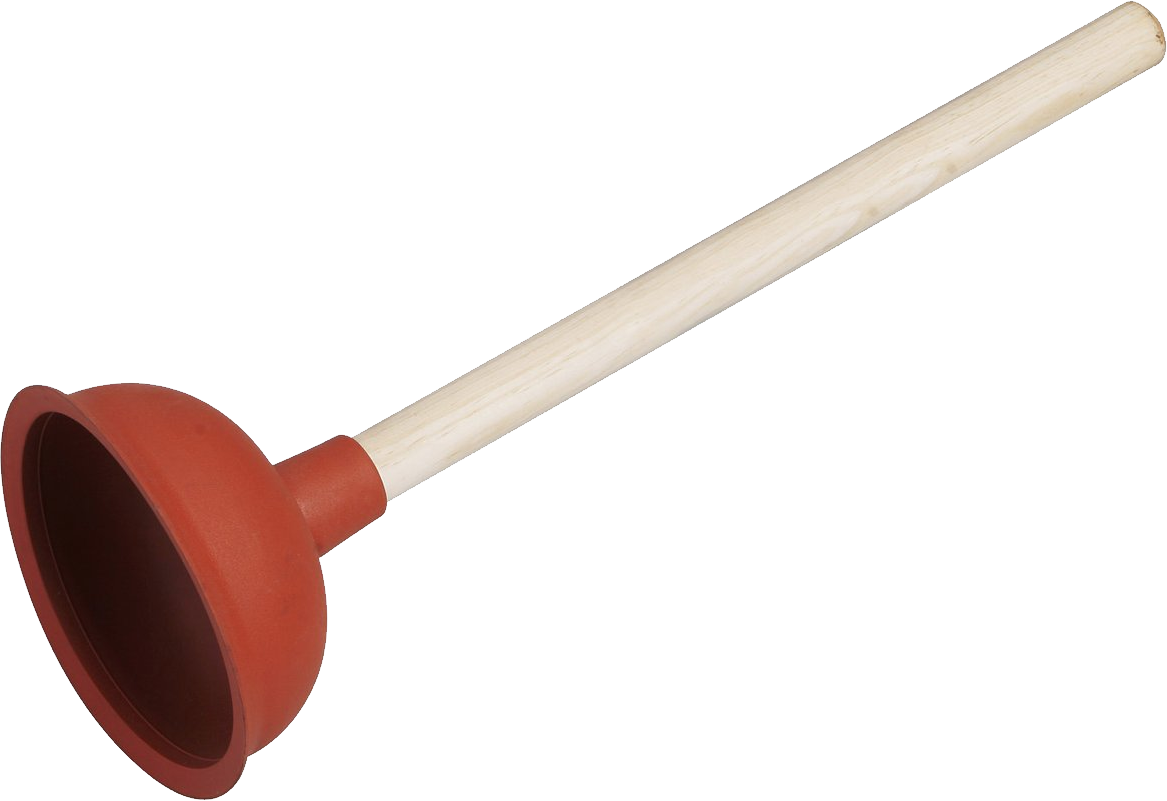


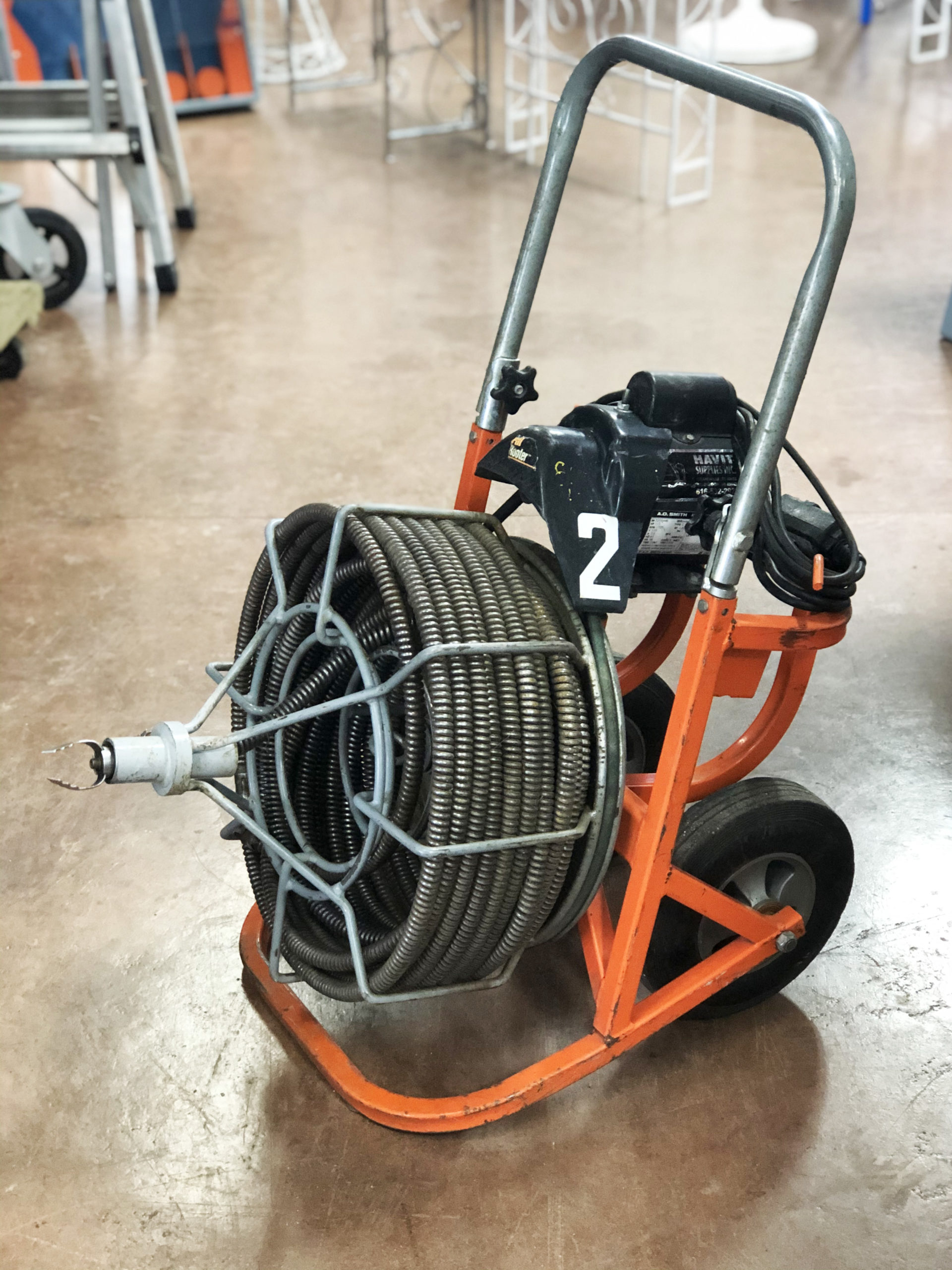
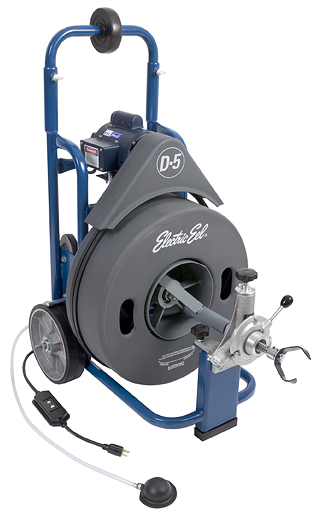


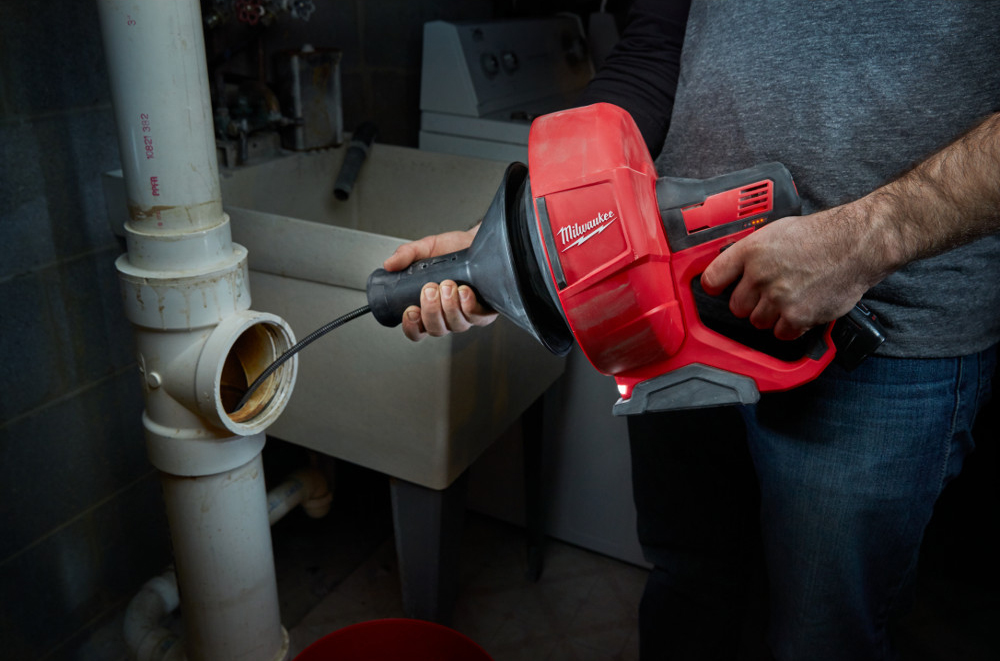




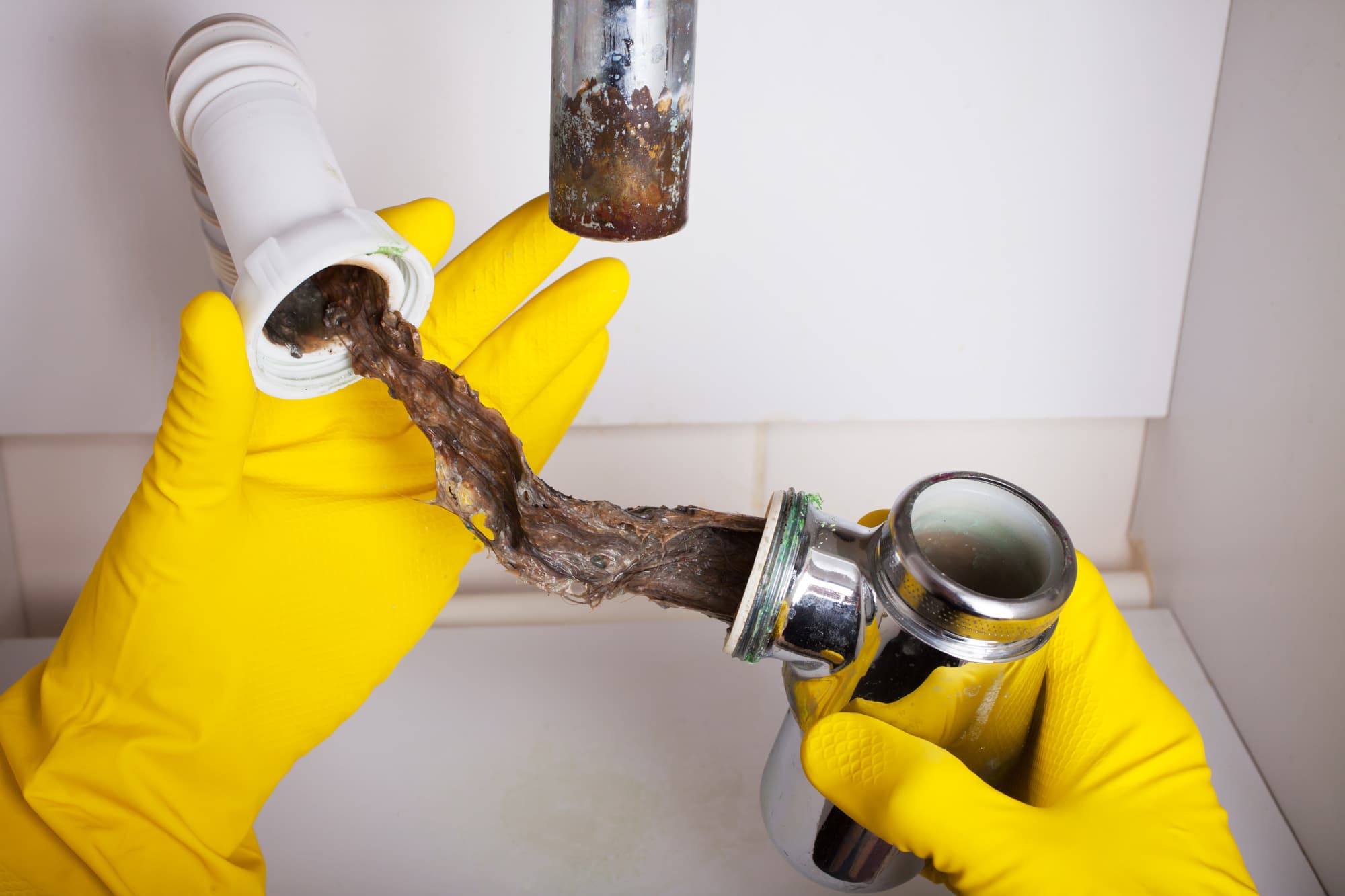
:max_bytes(150000):strip_icc()/Snake-drain-58f6c5705f9b581d5983614c.jpg)
:max_bytes(150000):strip_icc()/drain-snake-auger-stuck-1822488-hero-836b642775194604922b83c45137f5f2.jpg)

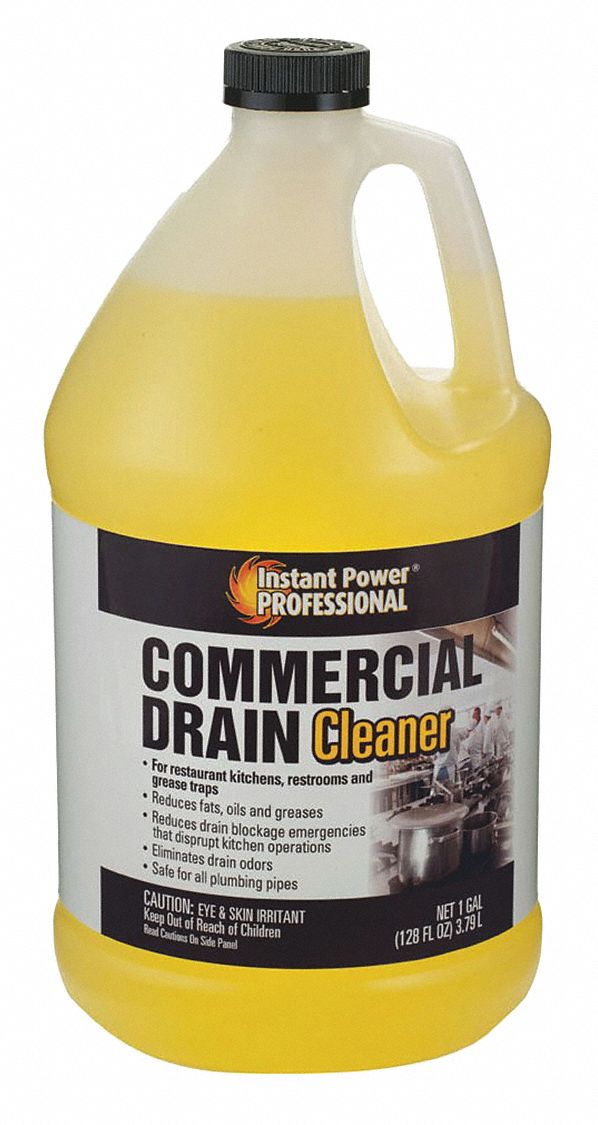

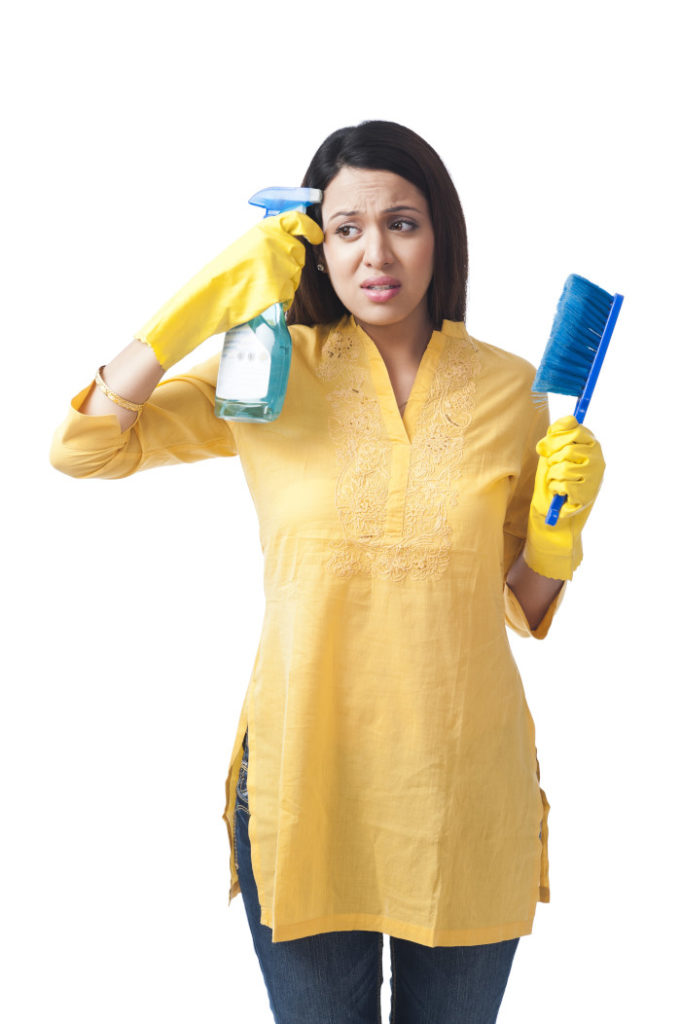



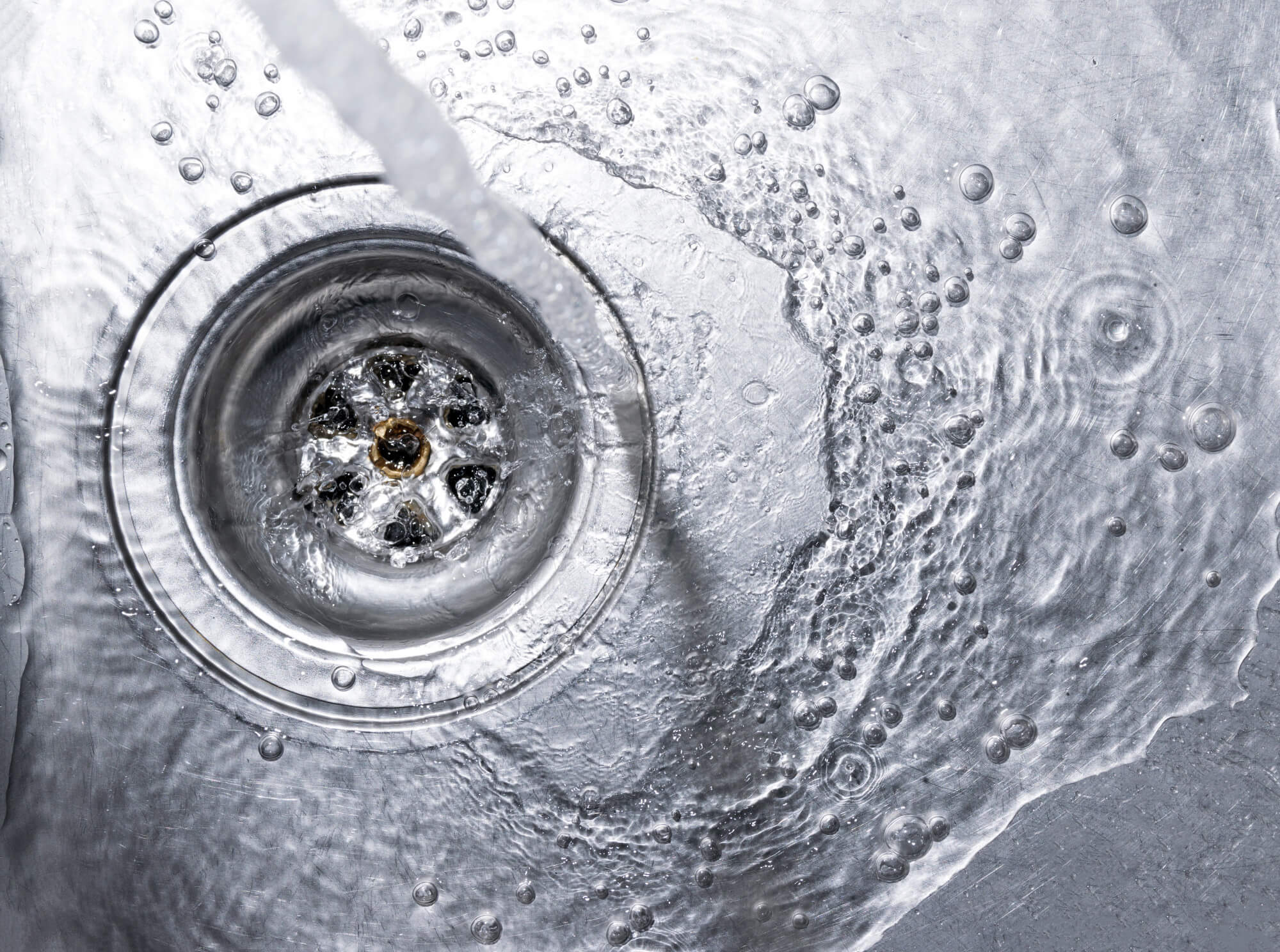
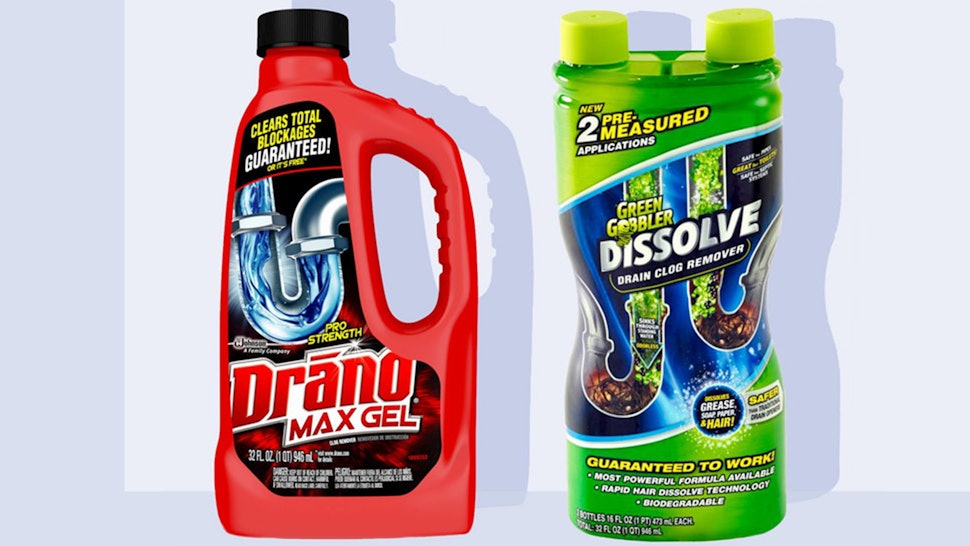
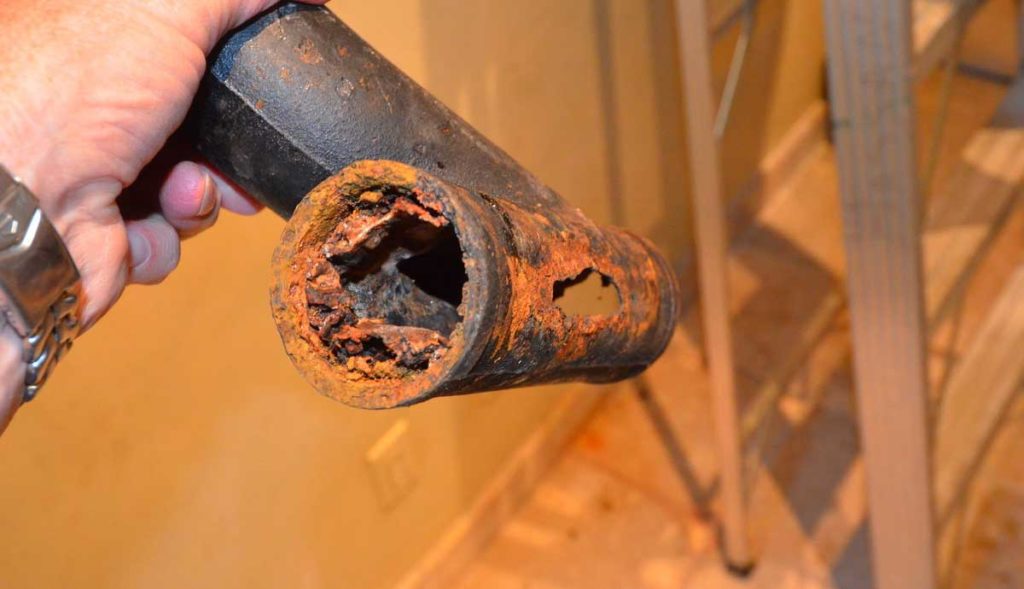




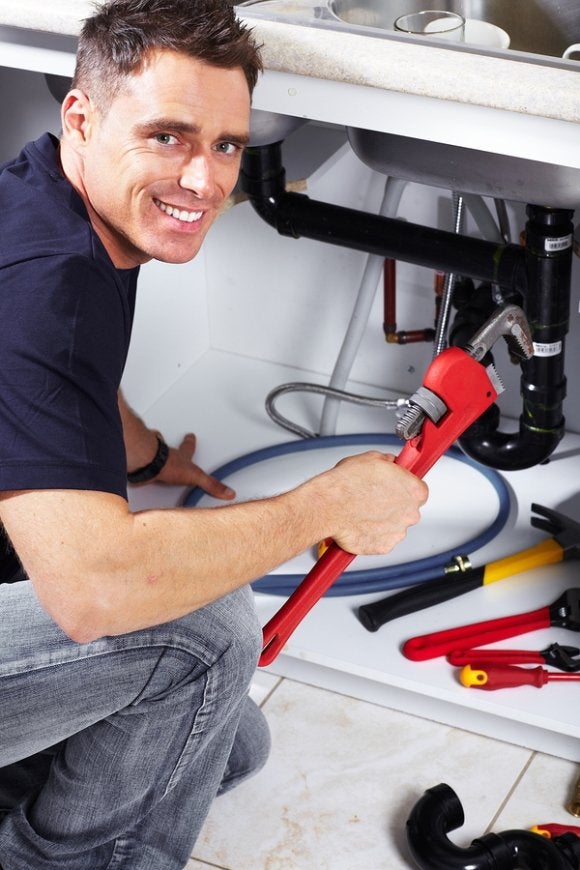
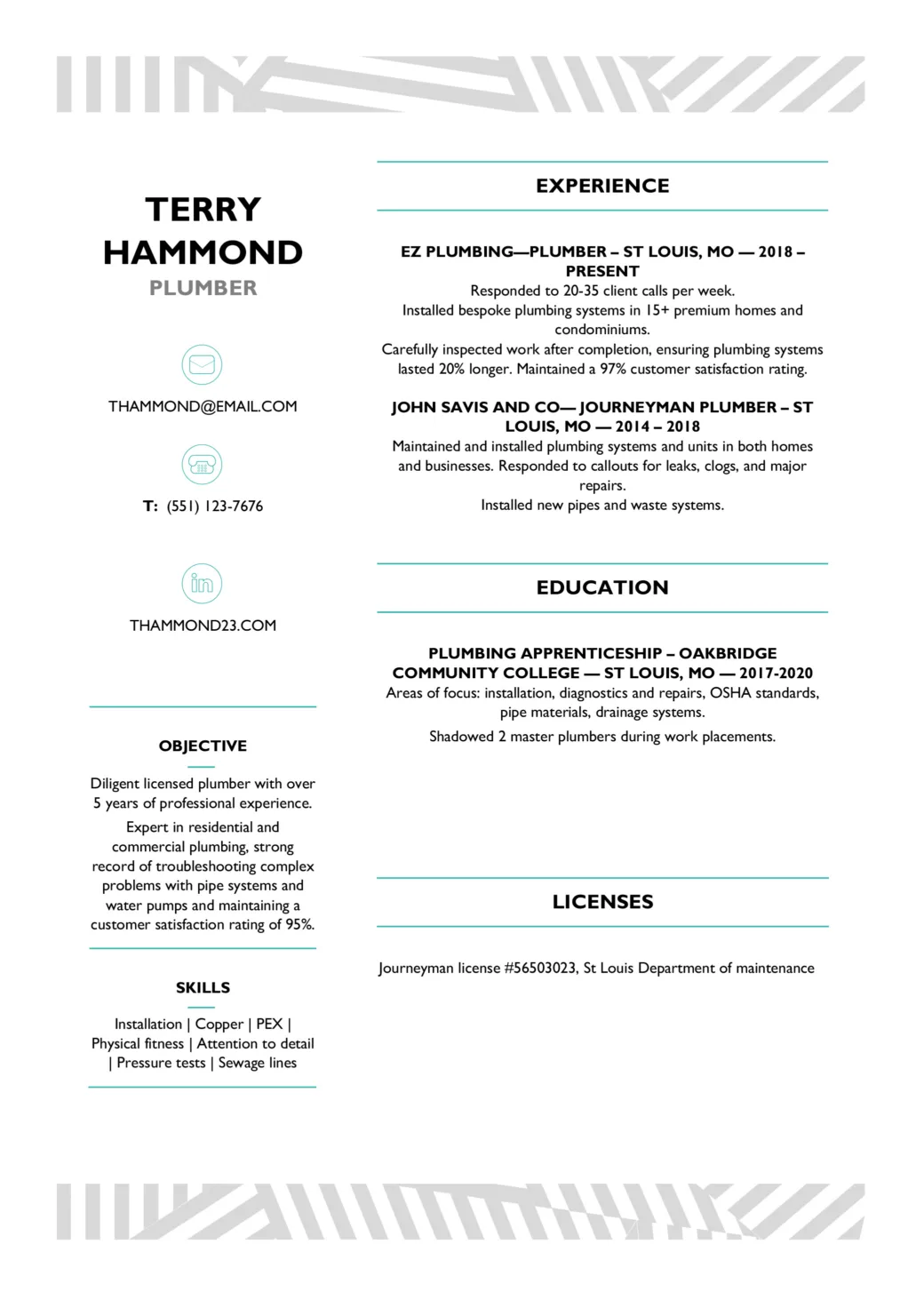
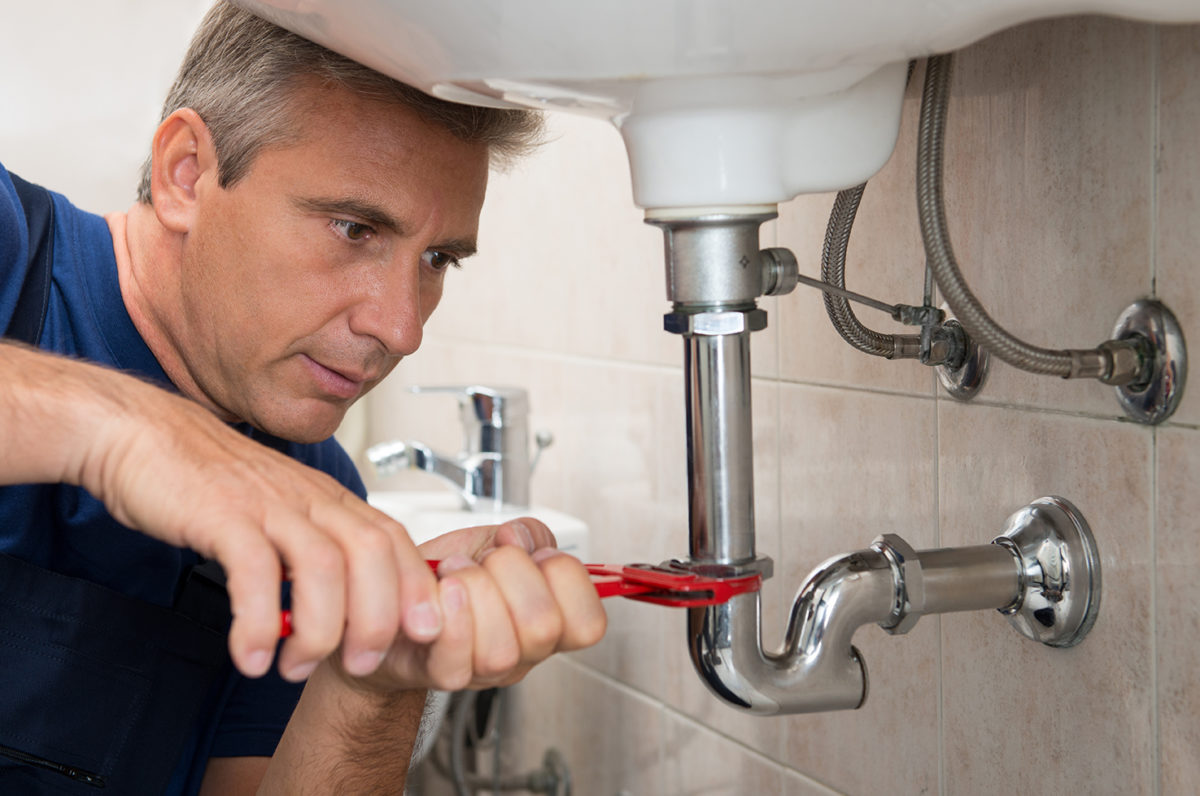








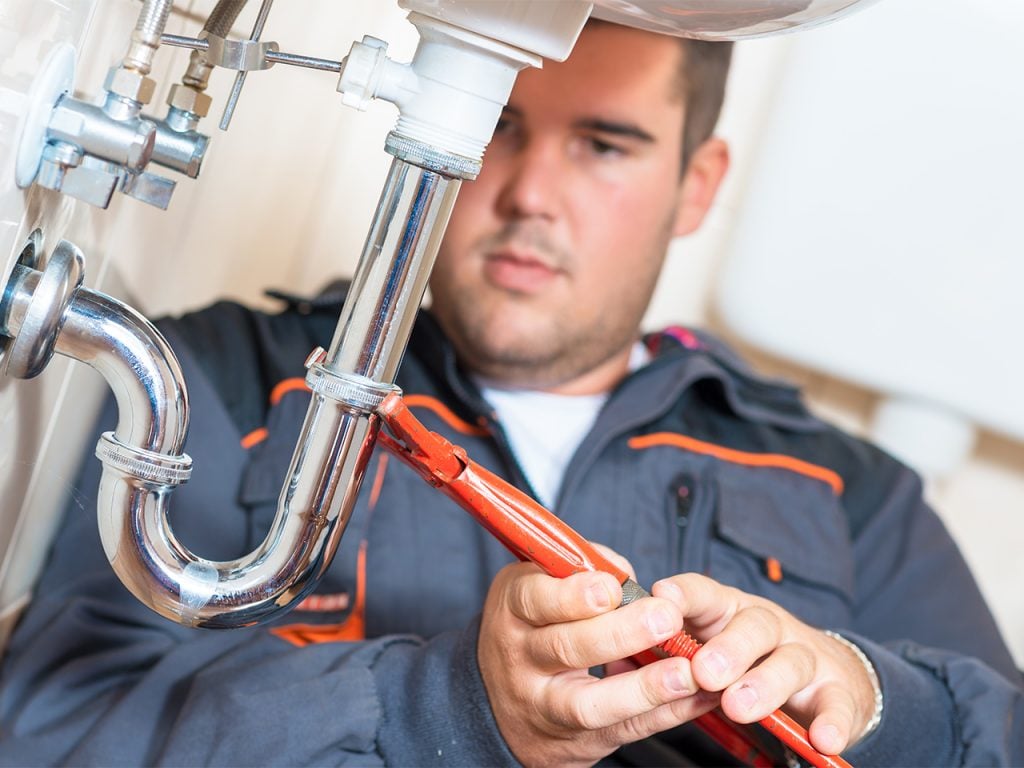
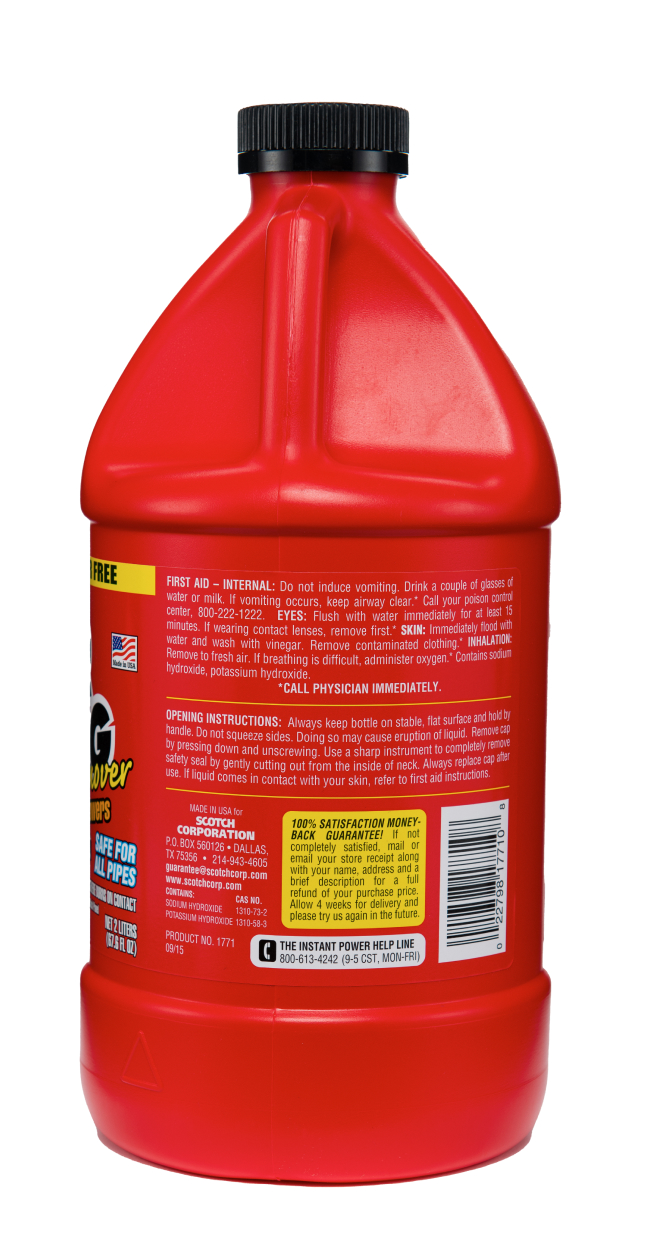



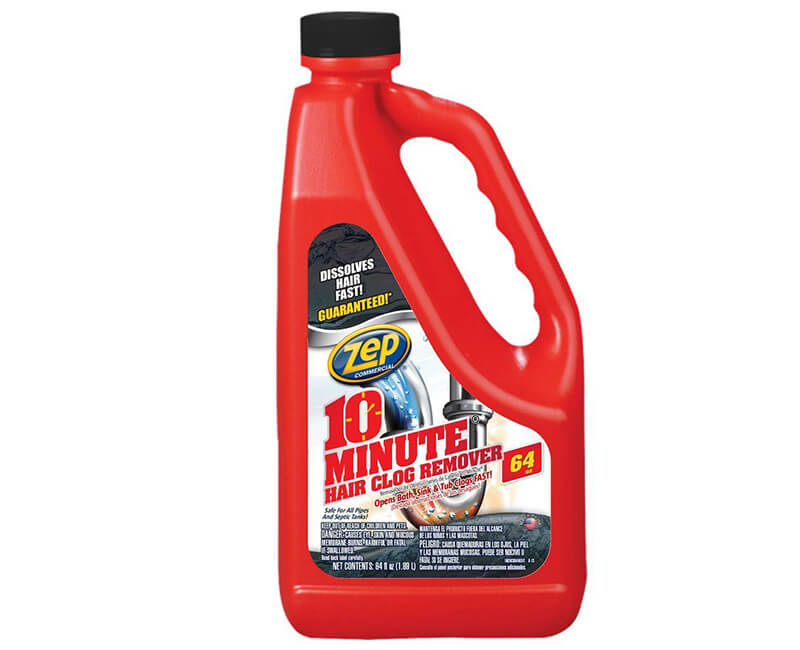


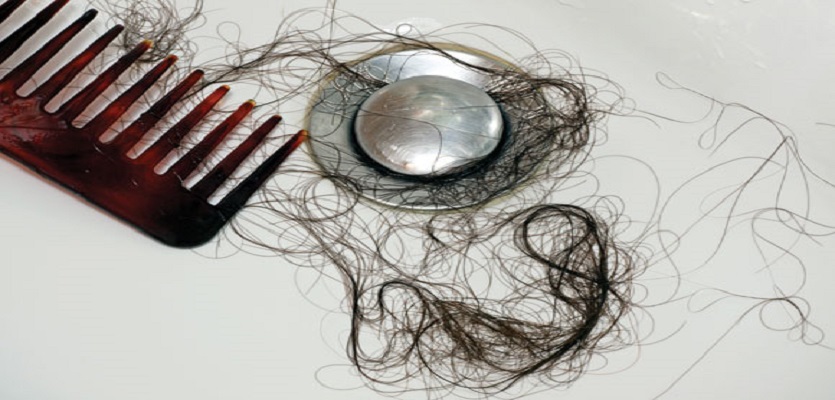

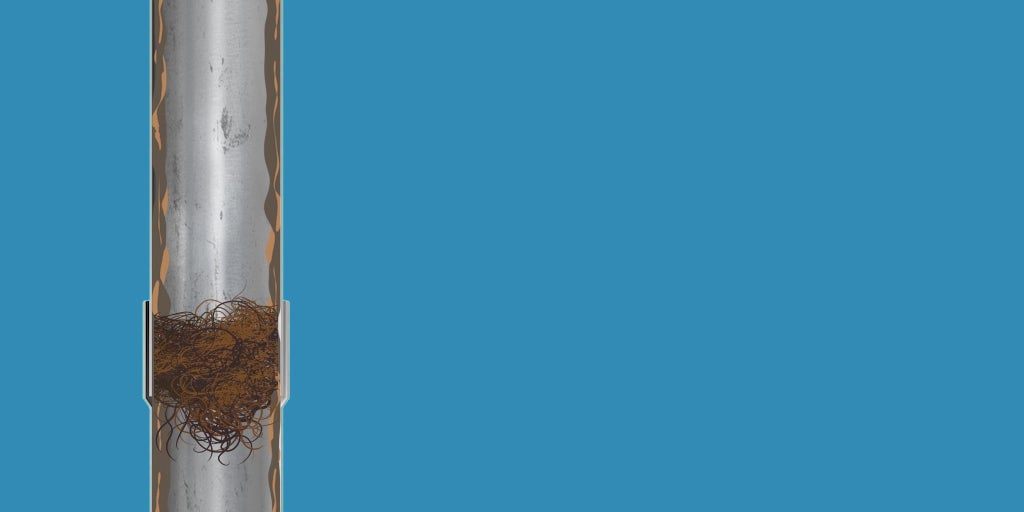
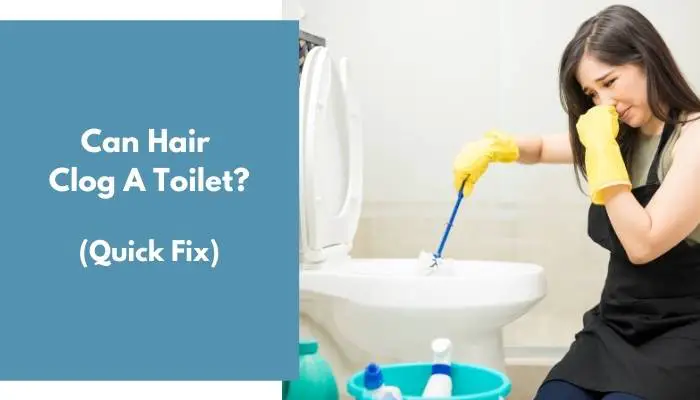





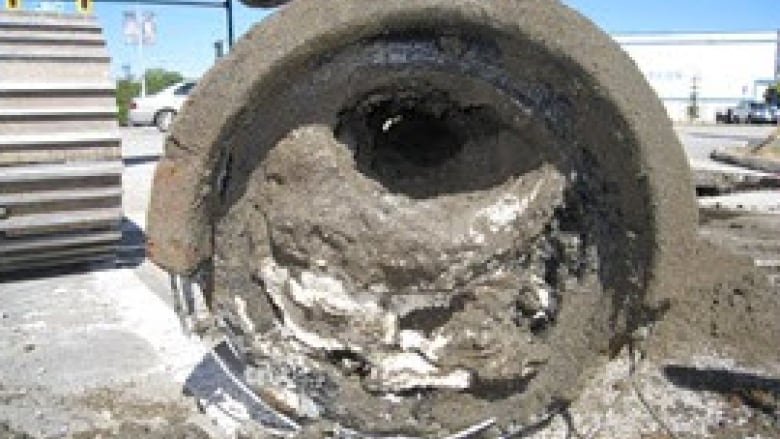

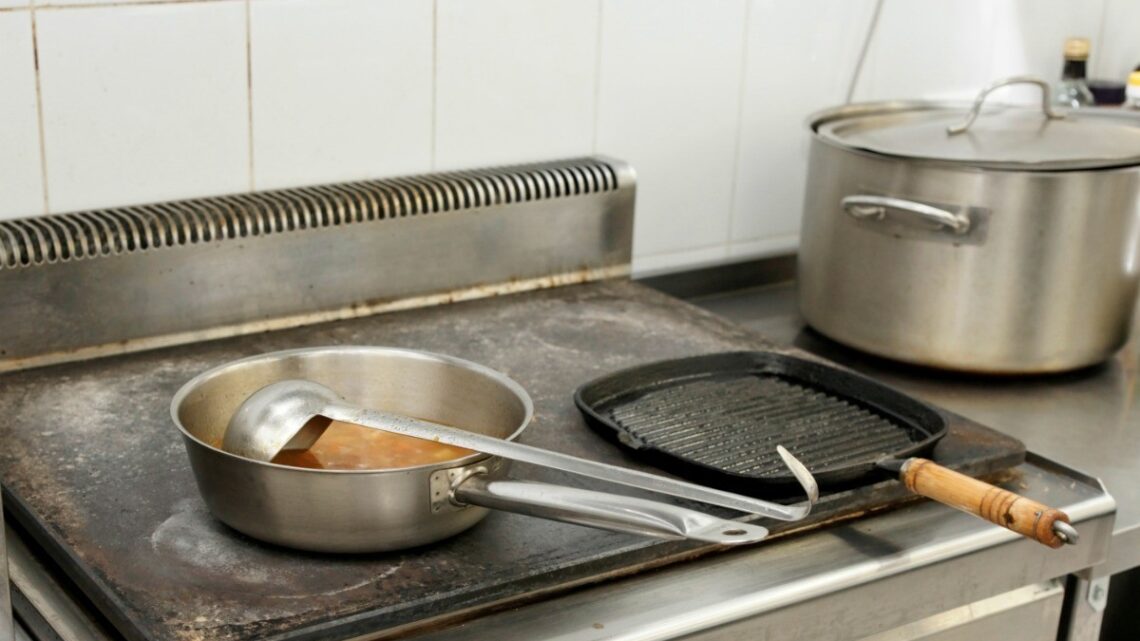
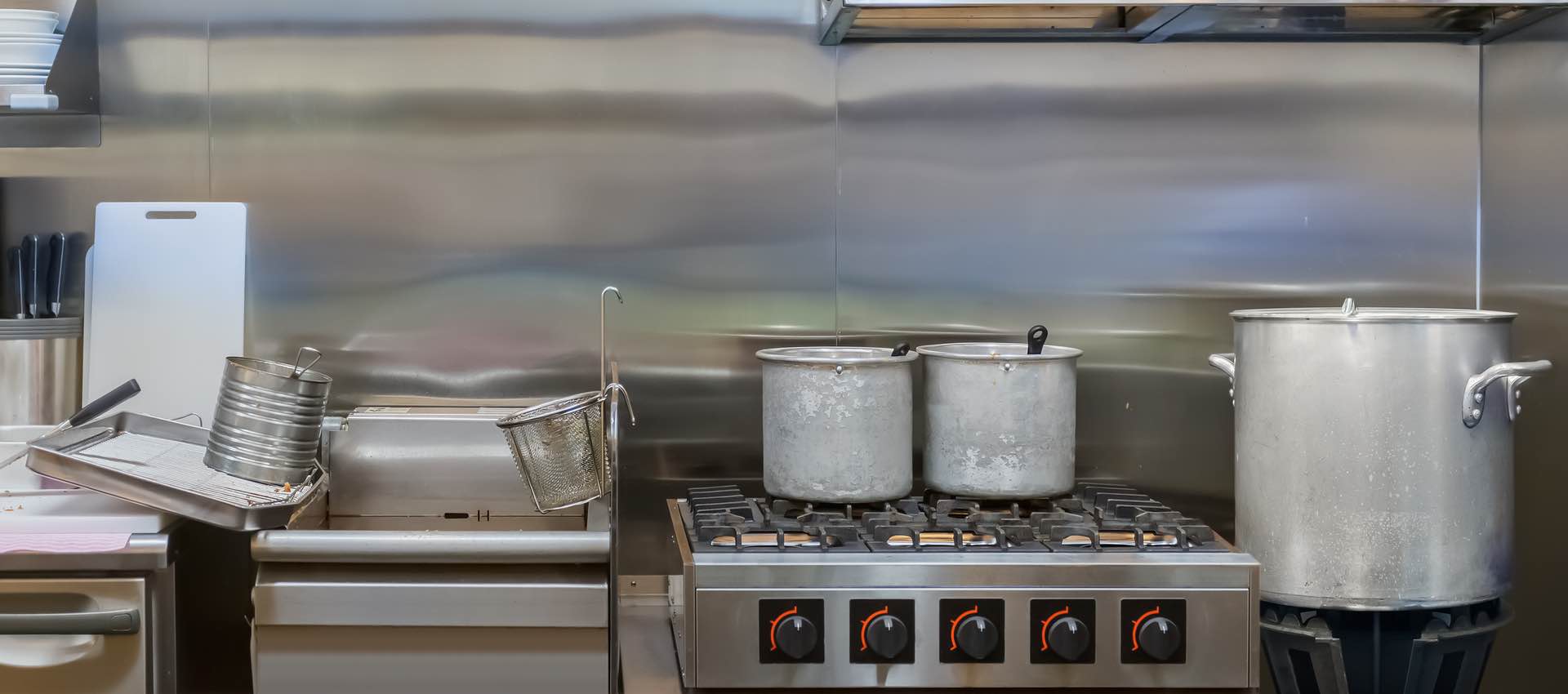
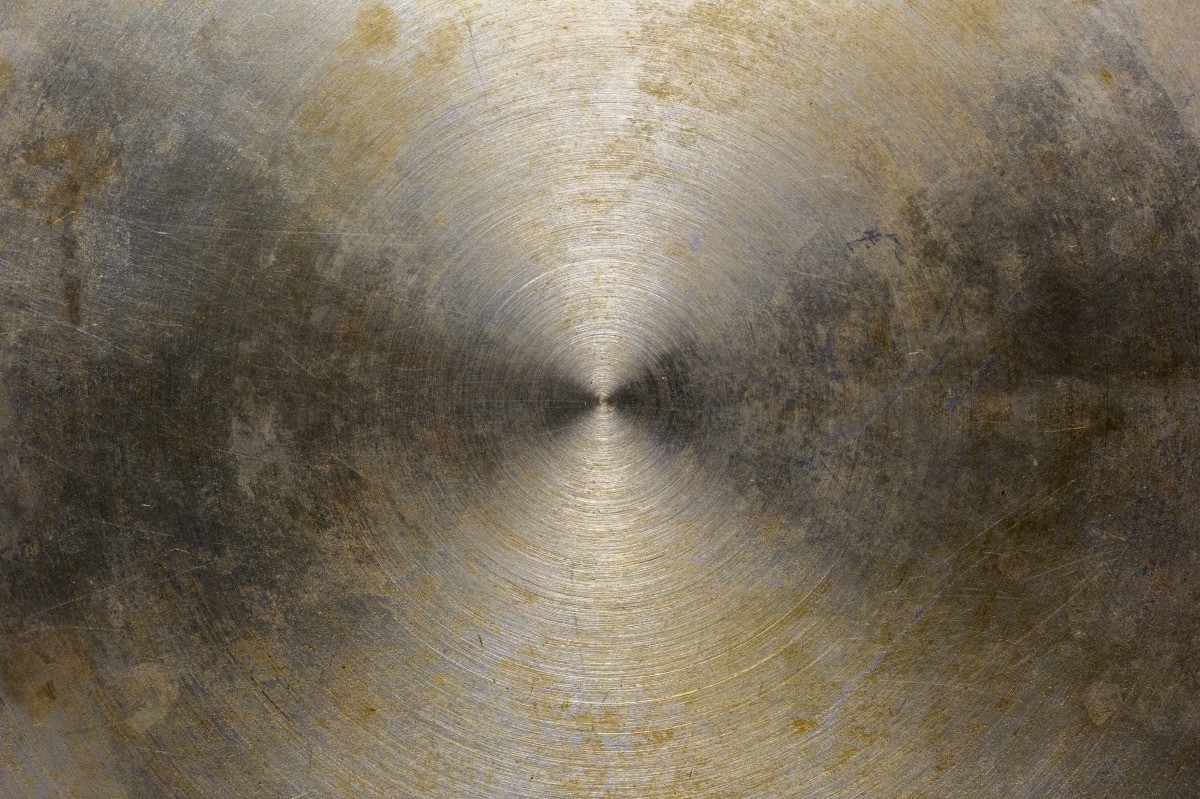
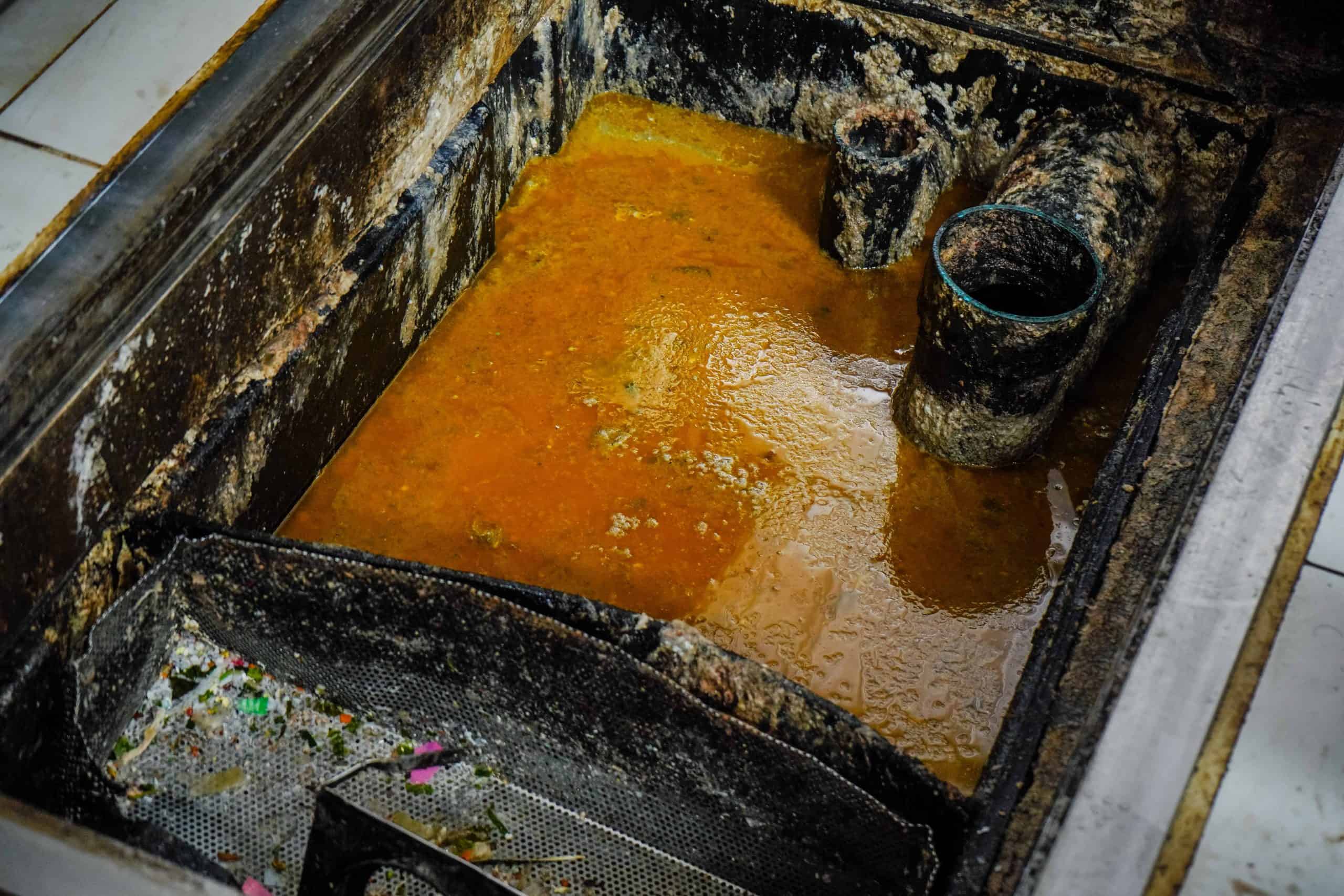


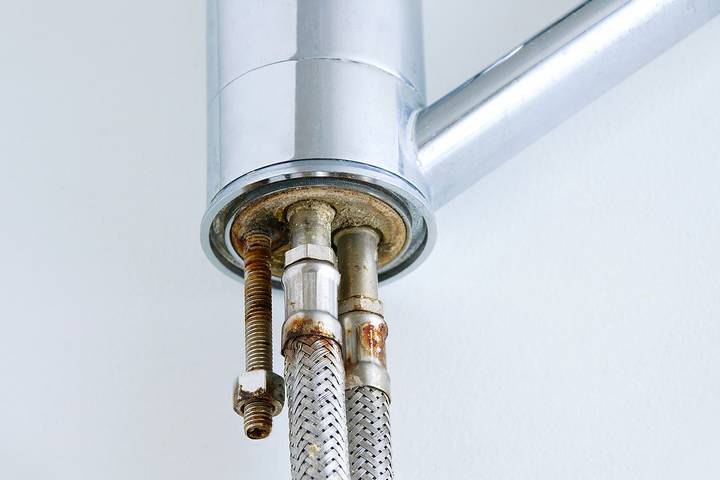




:max_bytes(150000):strip_icc()/water-overflowing-in-kitchen-sink-200553937-001-5797e6335f9b58461f5a6736.jpg)

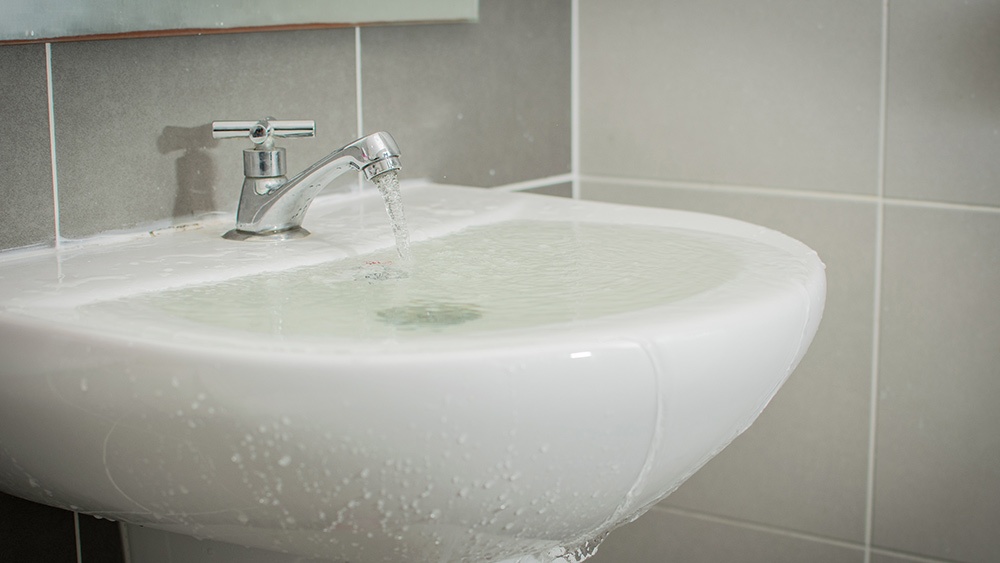
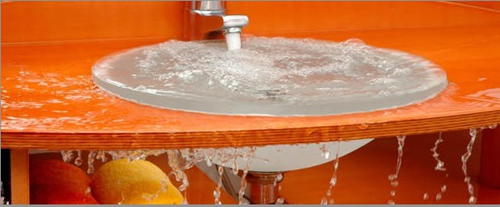
/close-up-of-overflowing-bathroom-sink-90201417-579787783df78ceb865822d8.jpg)

